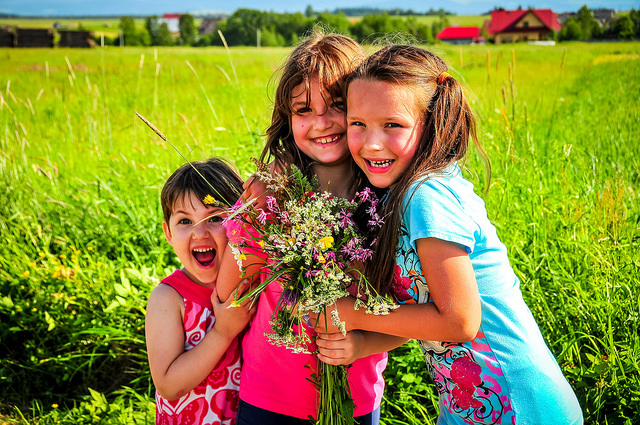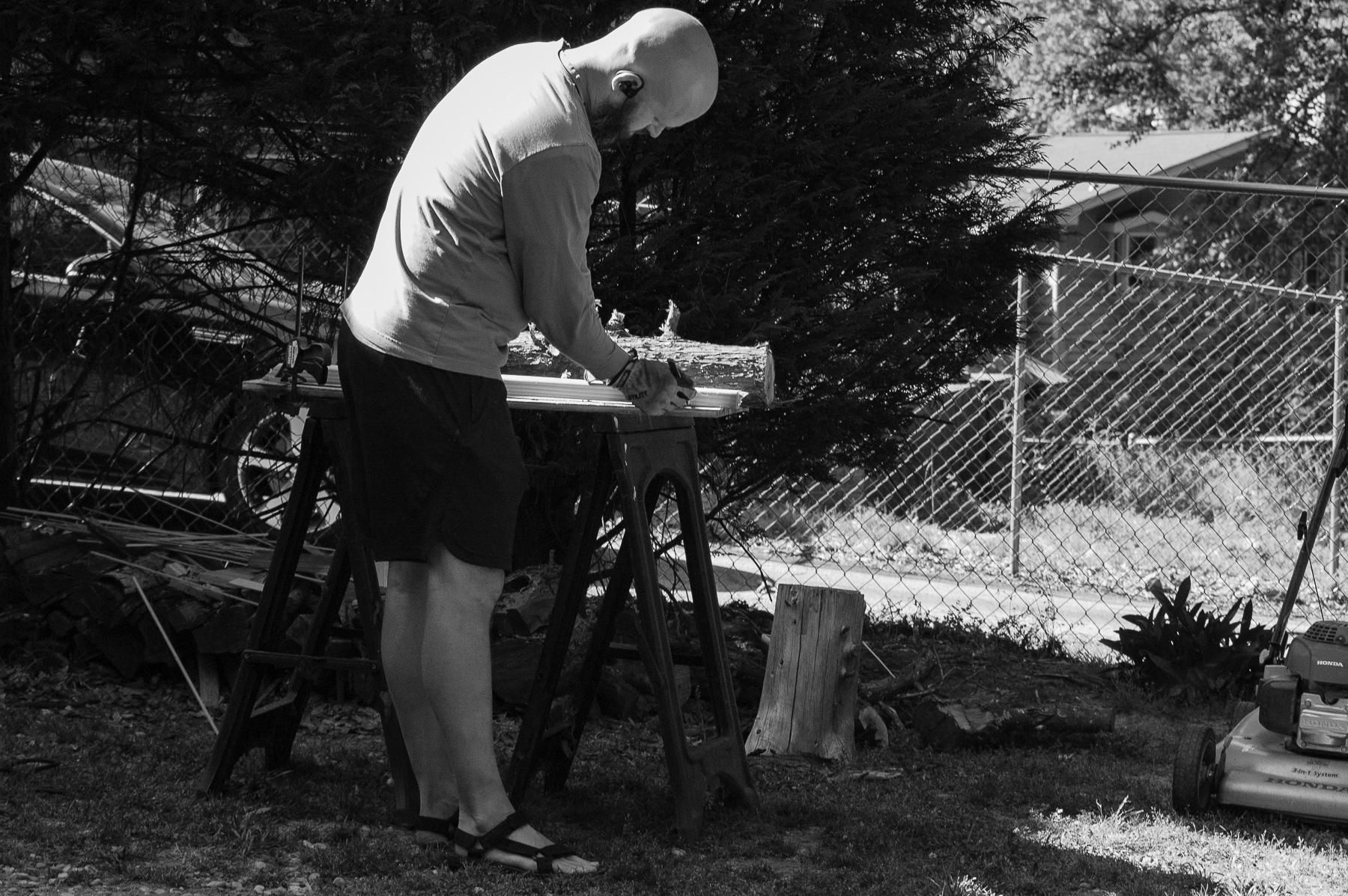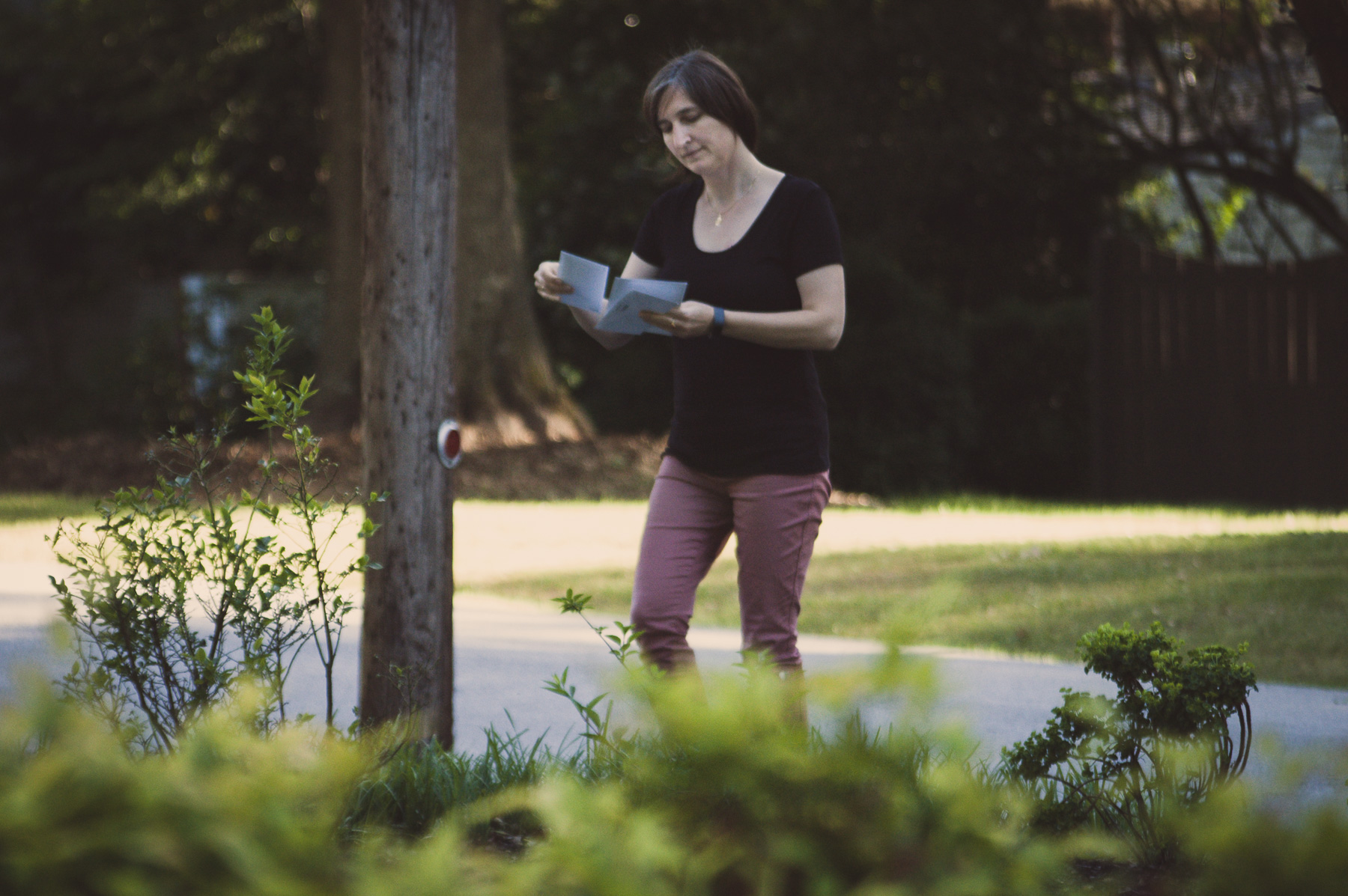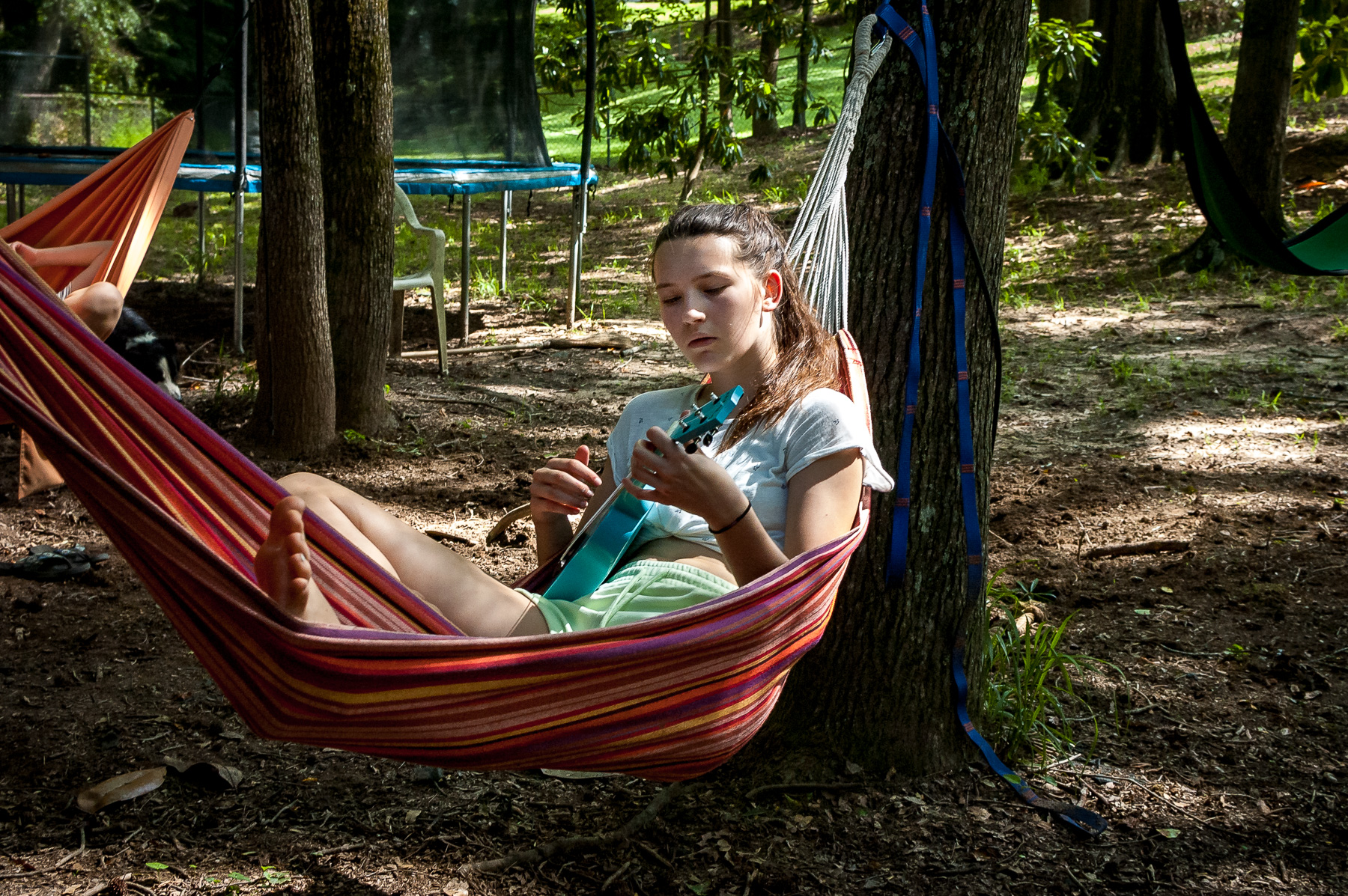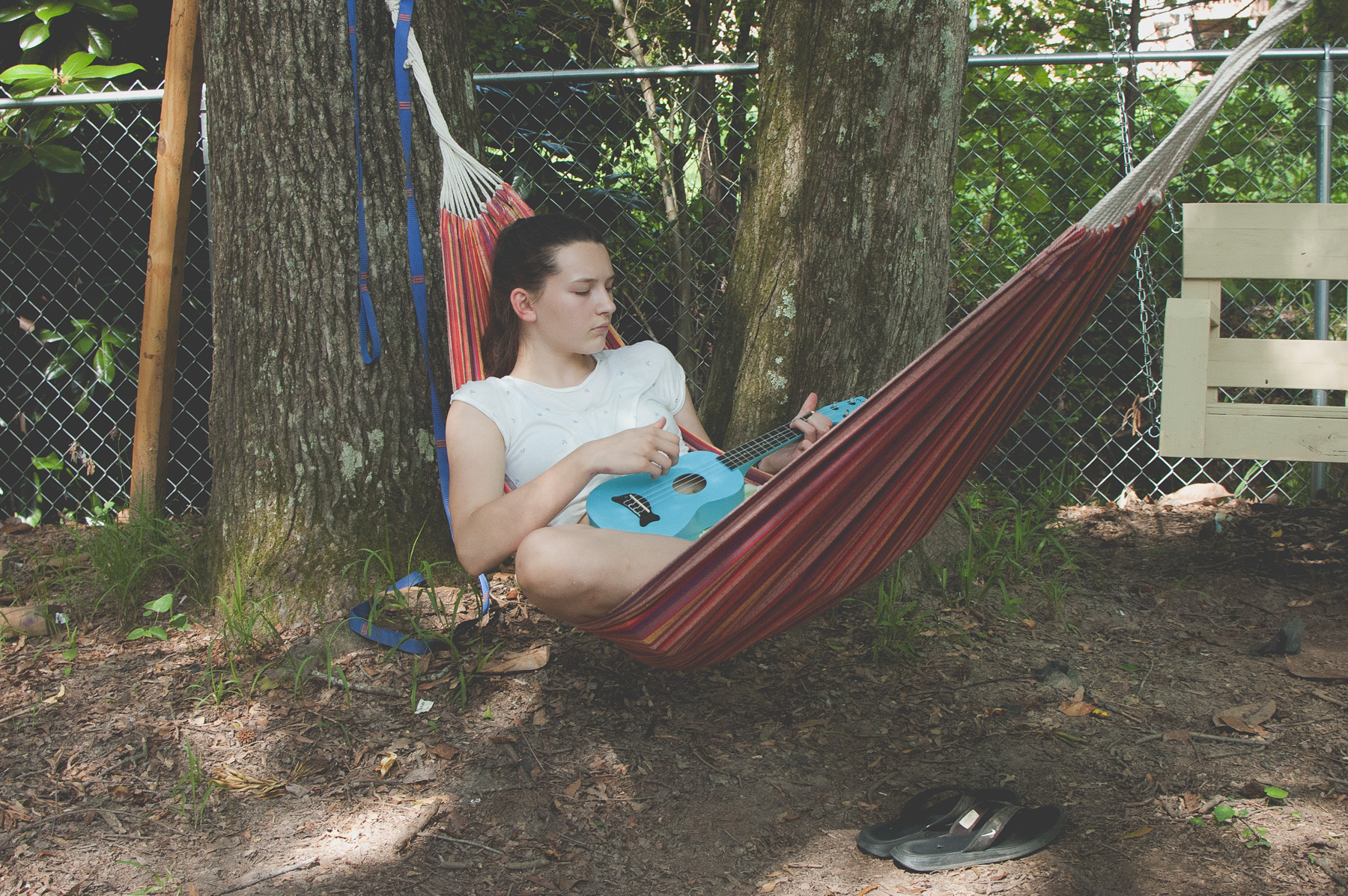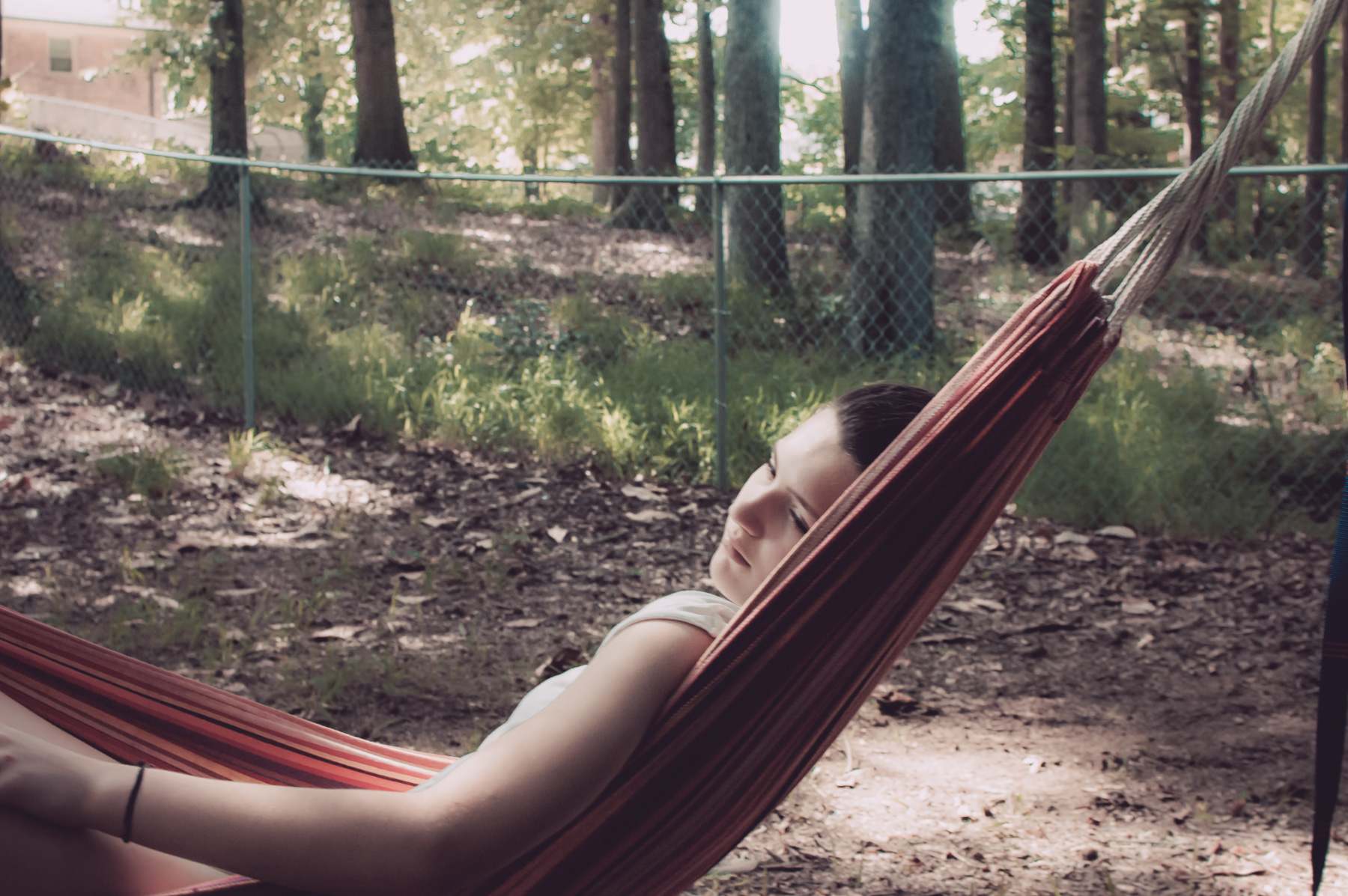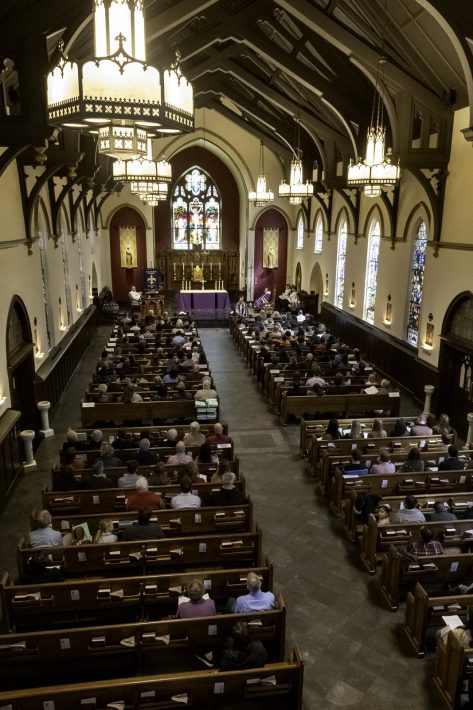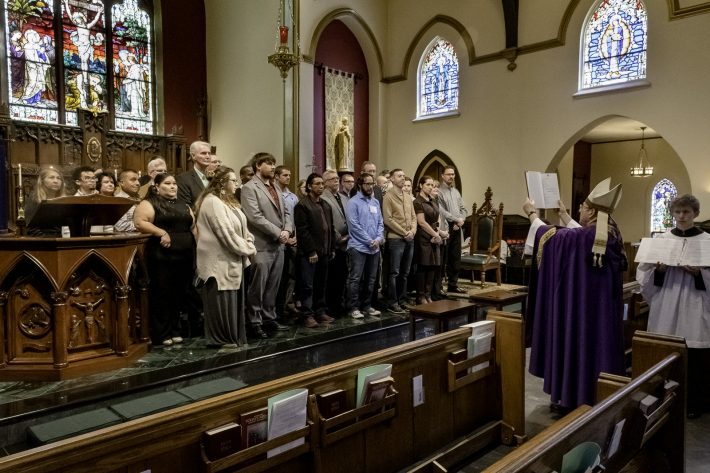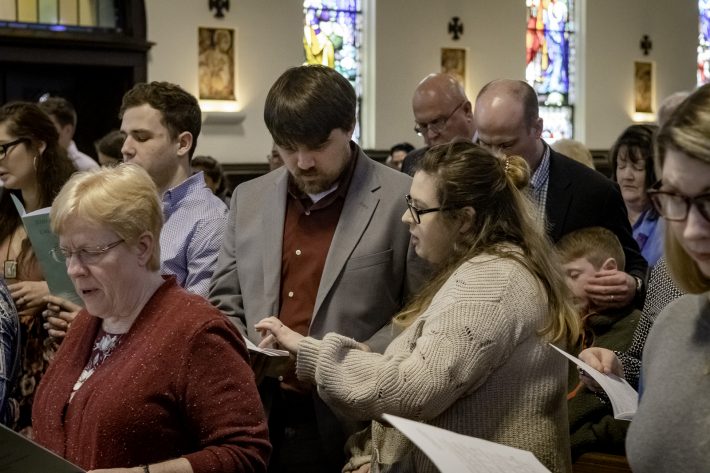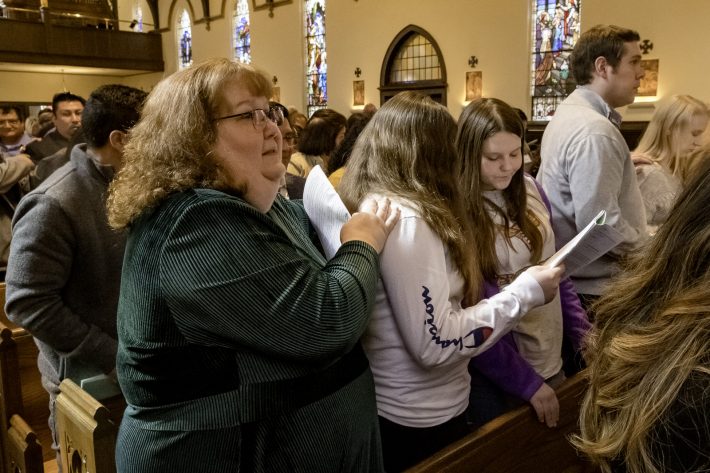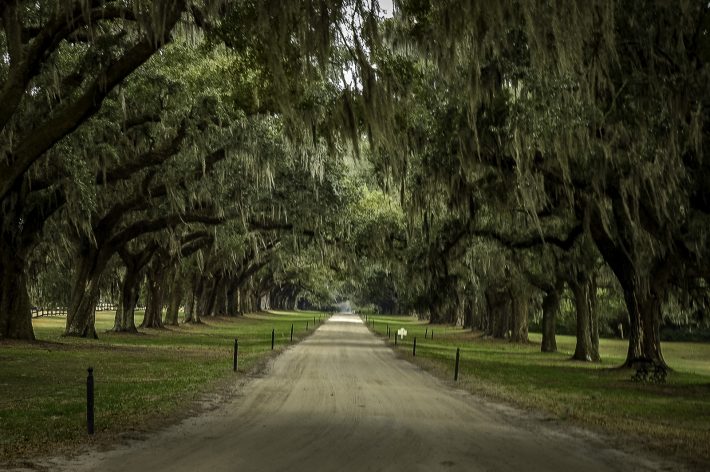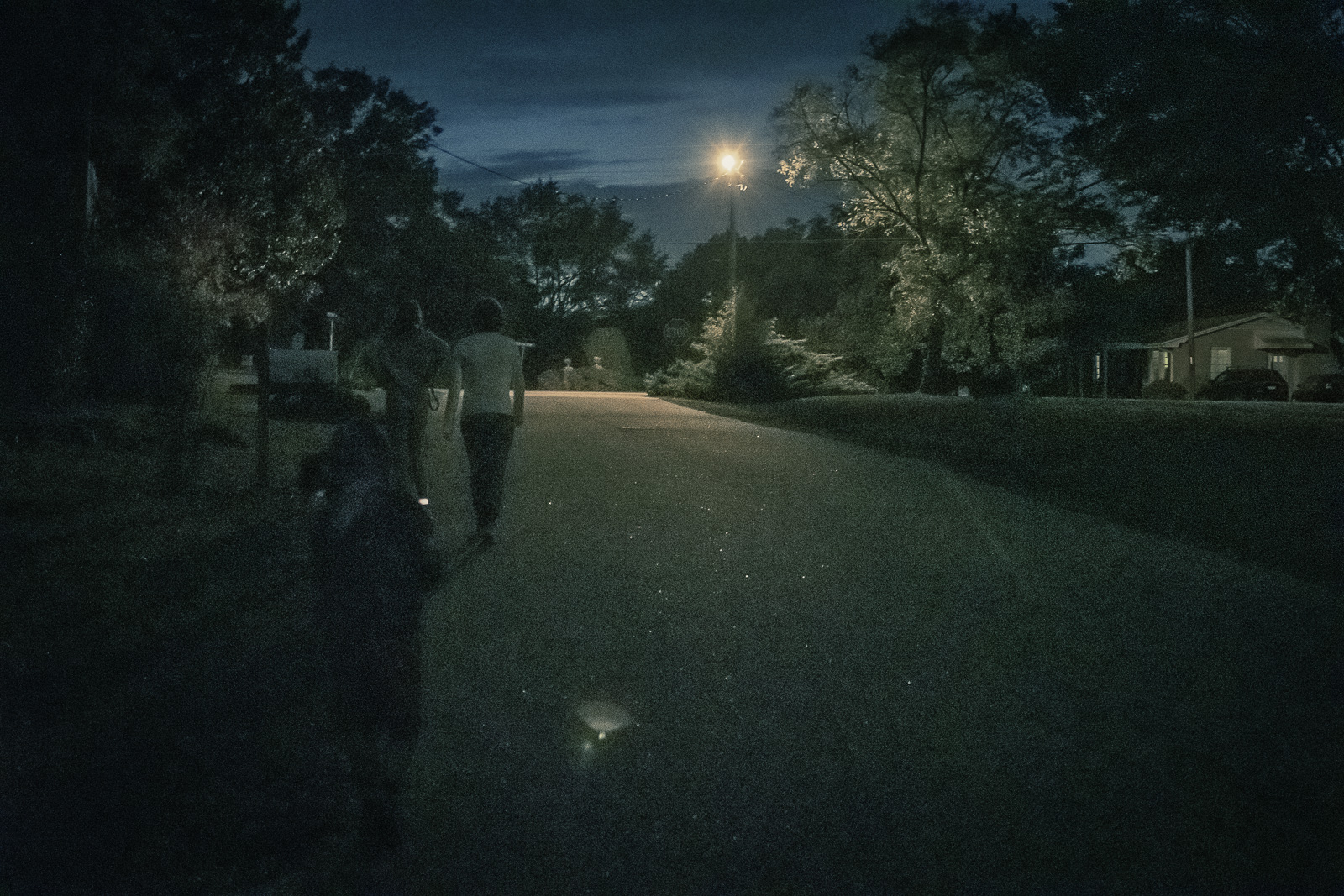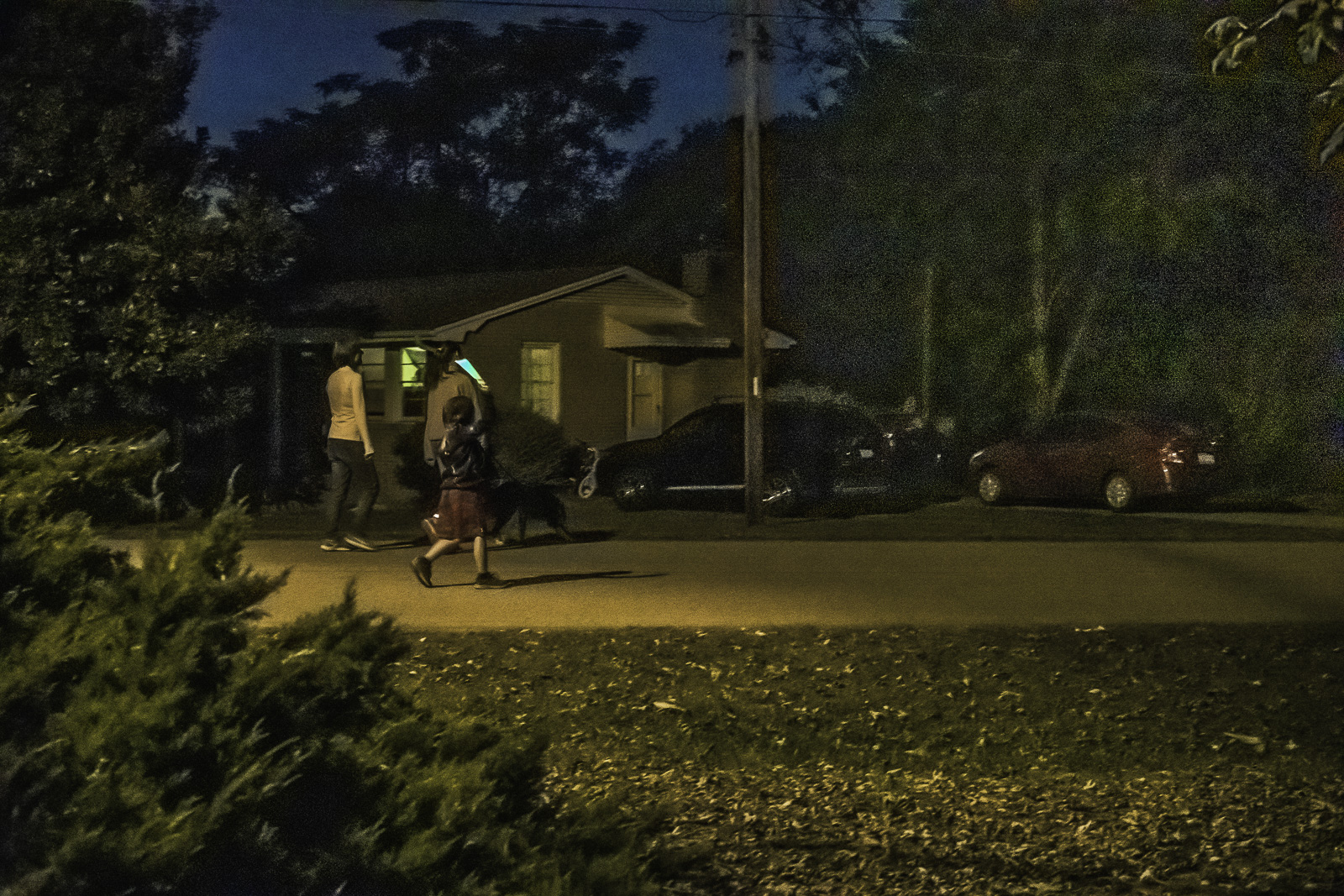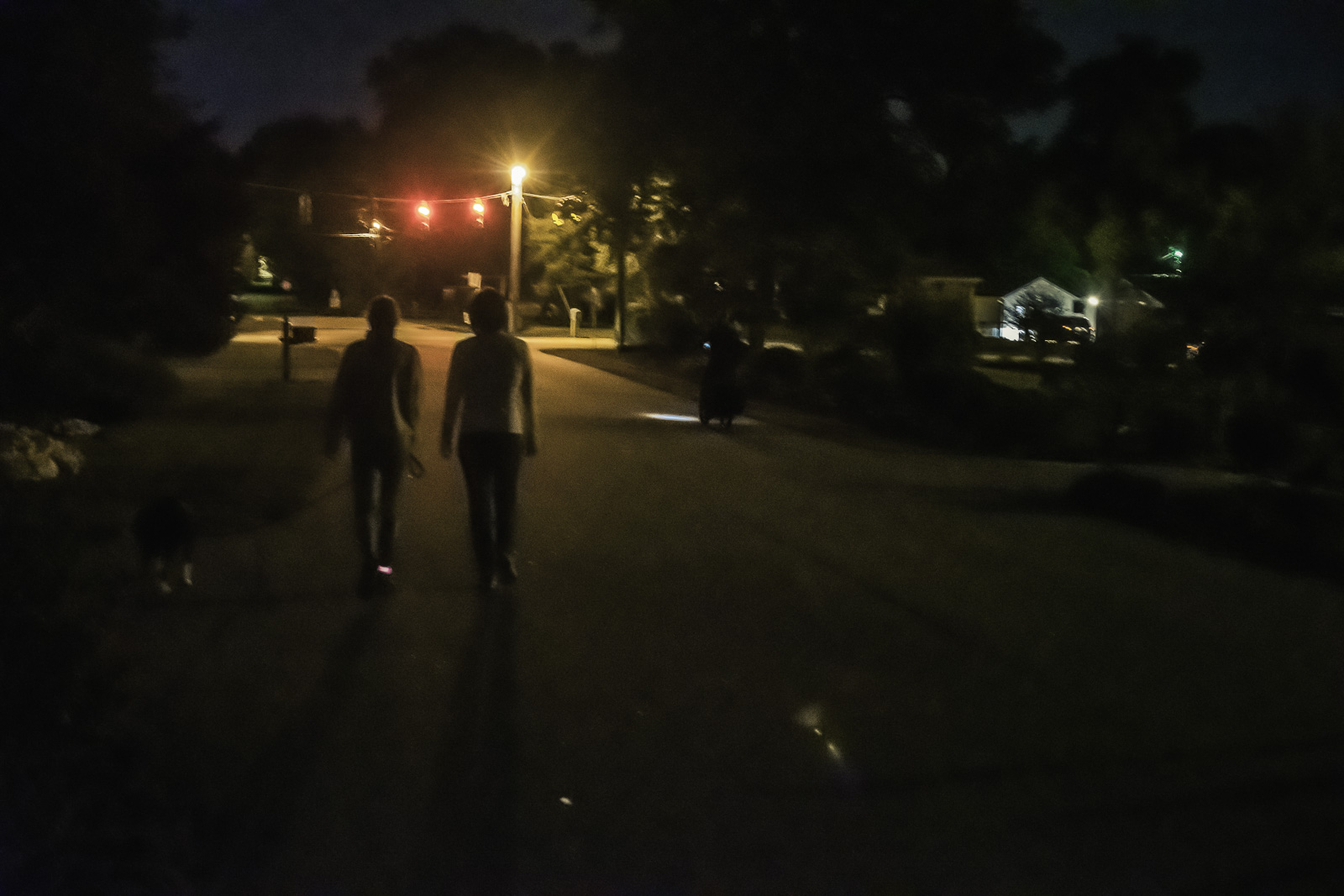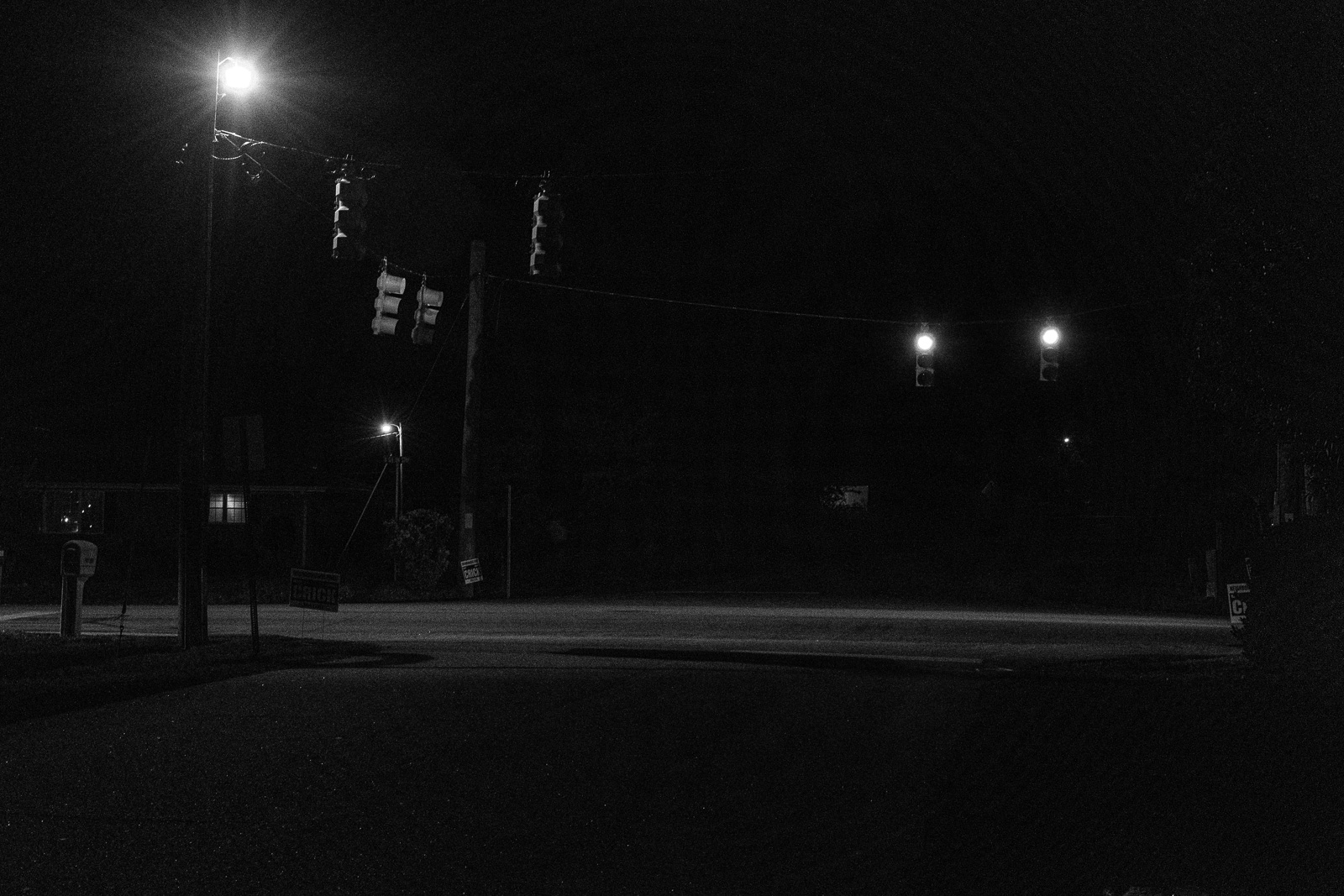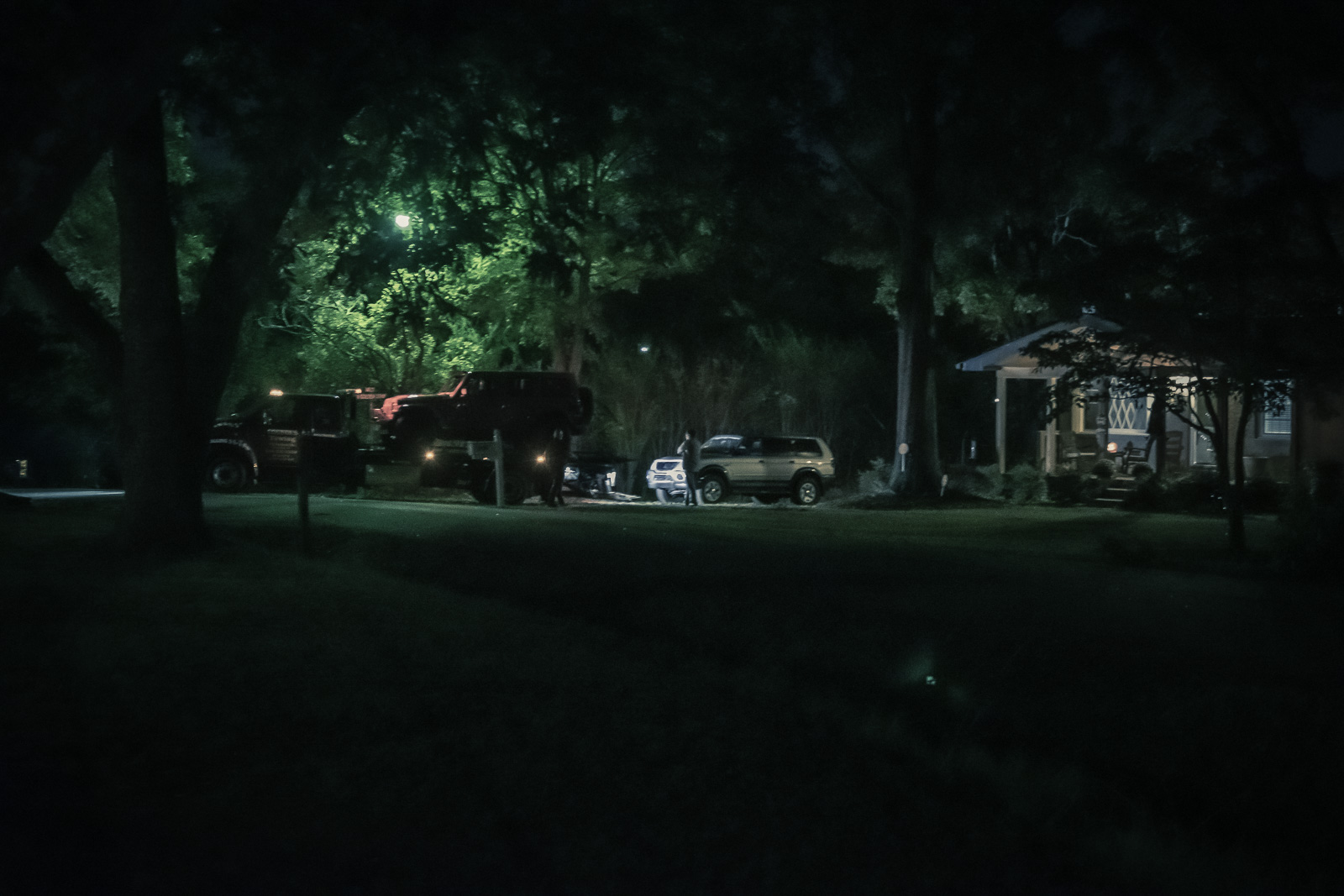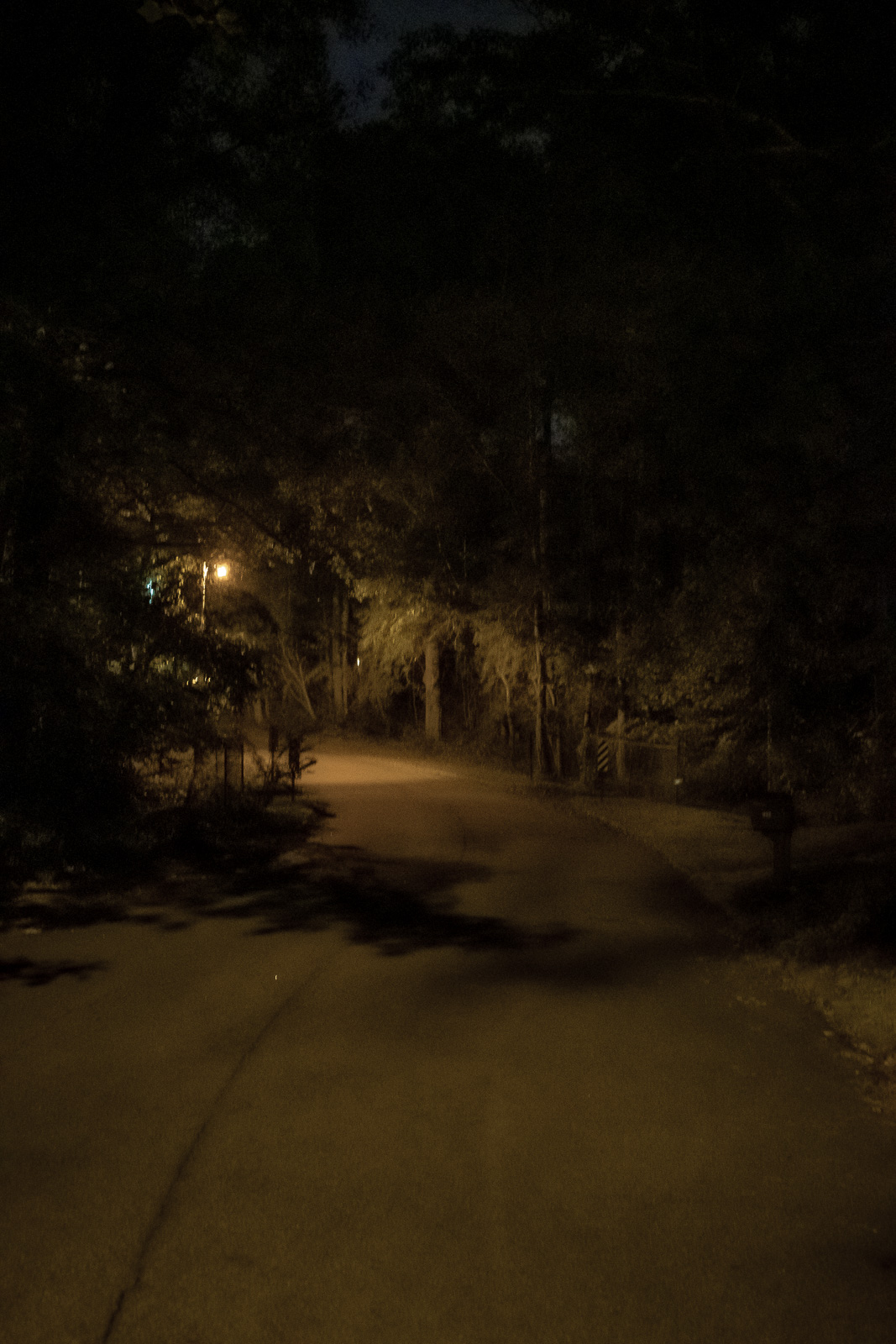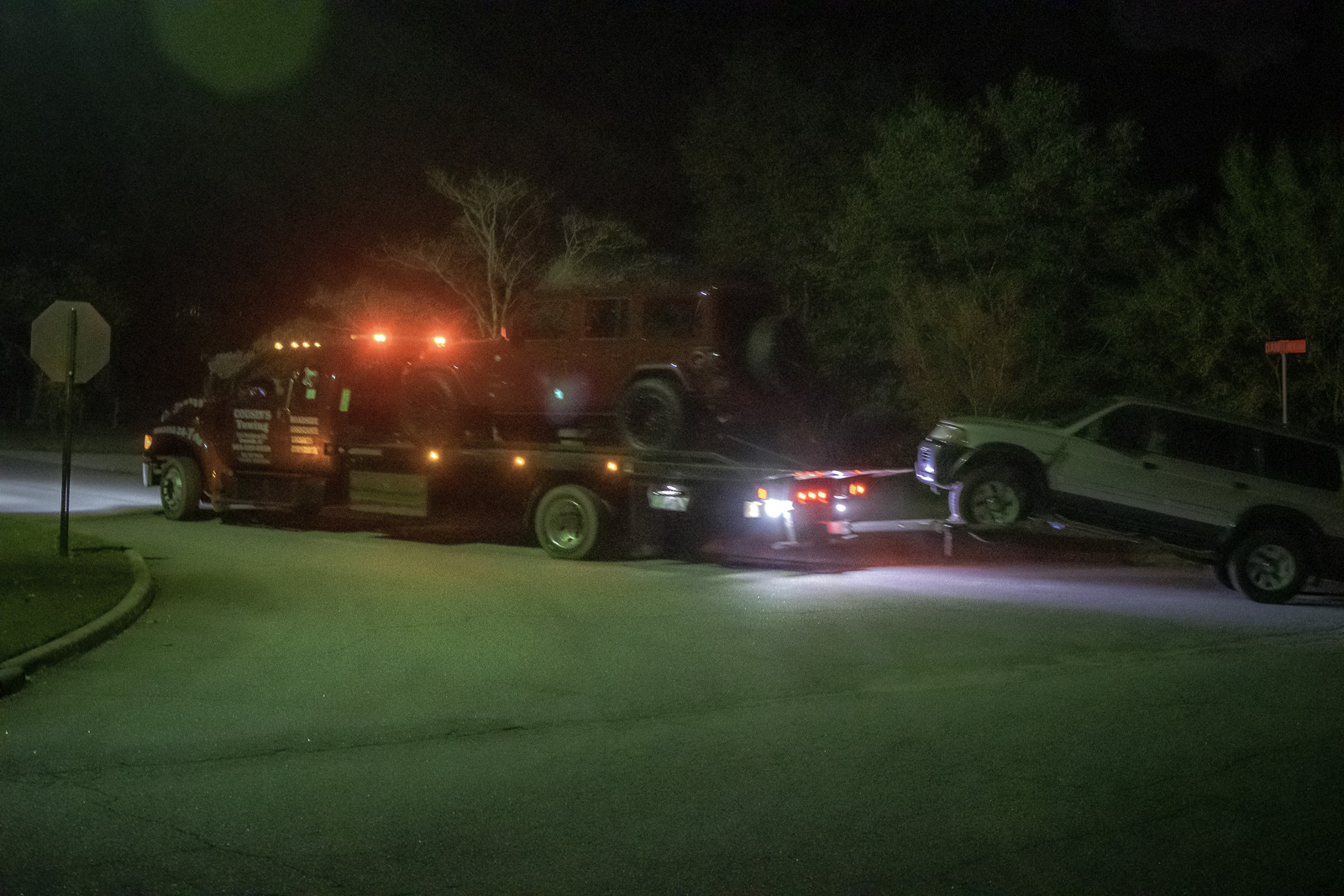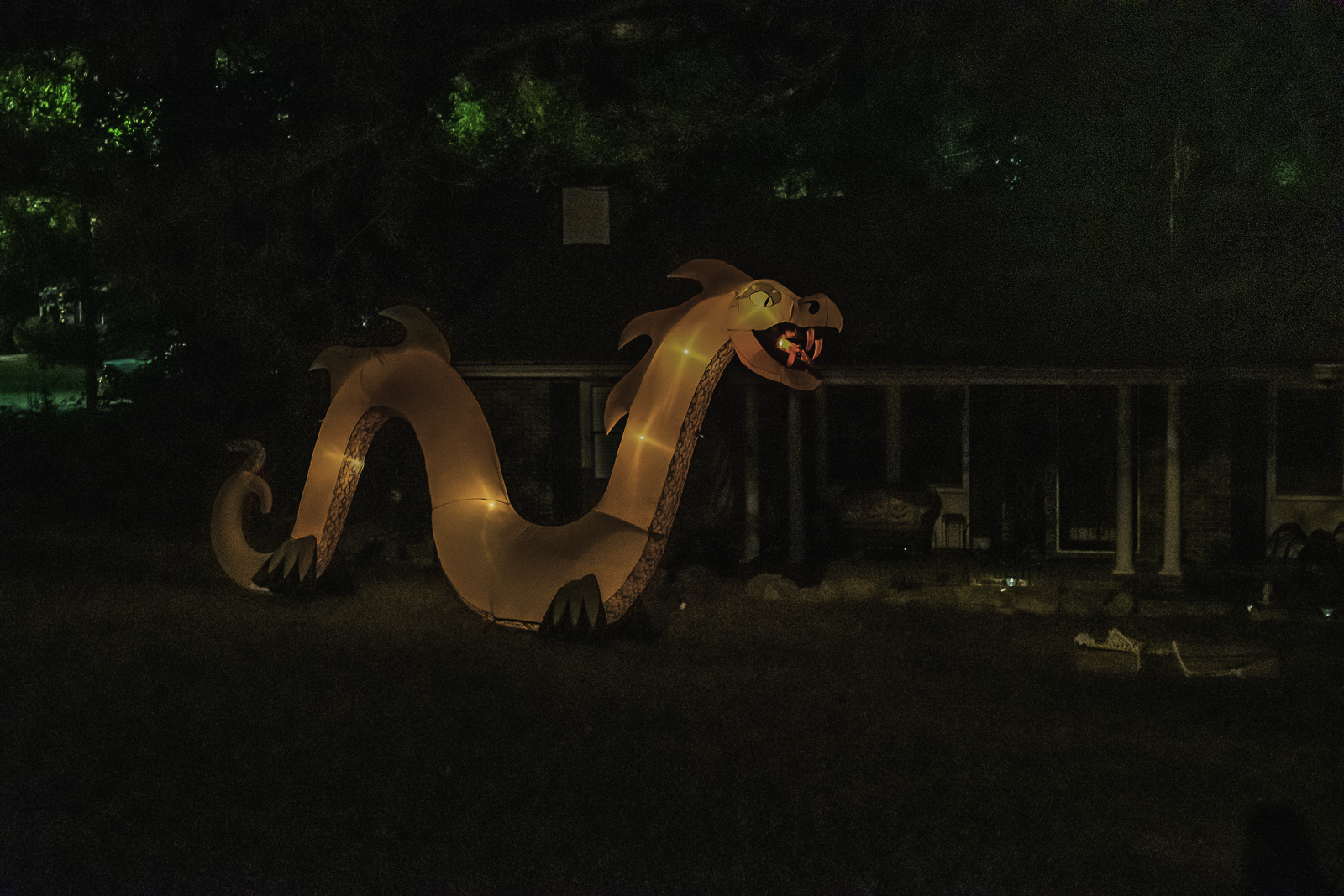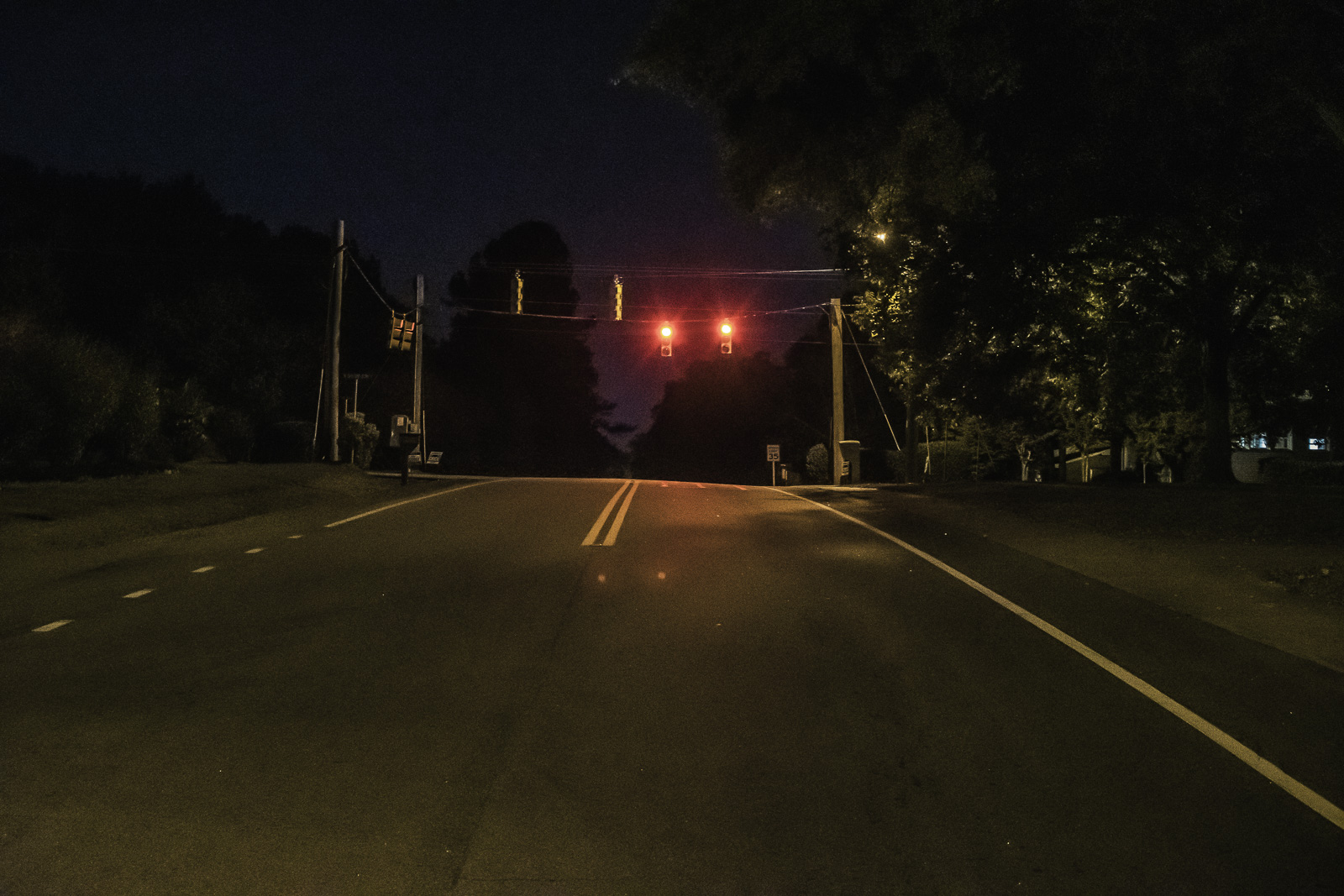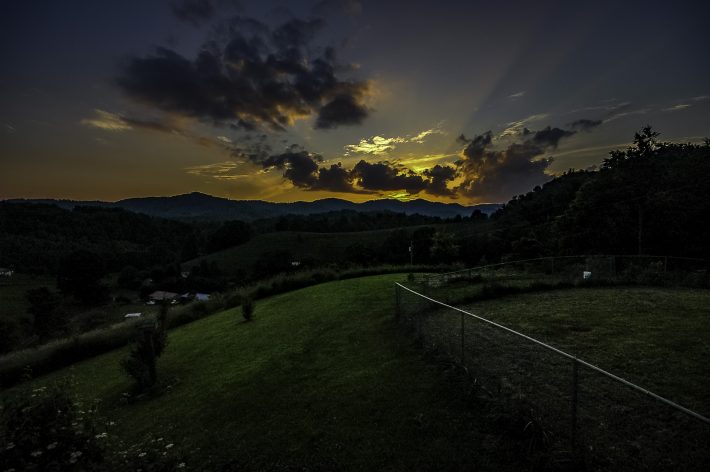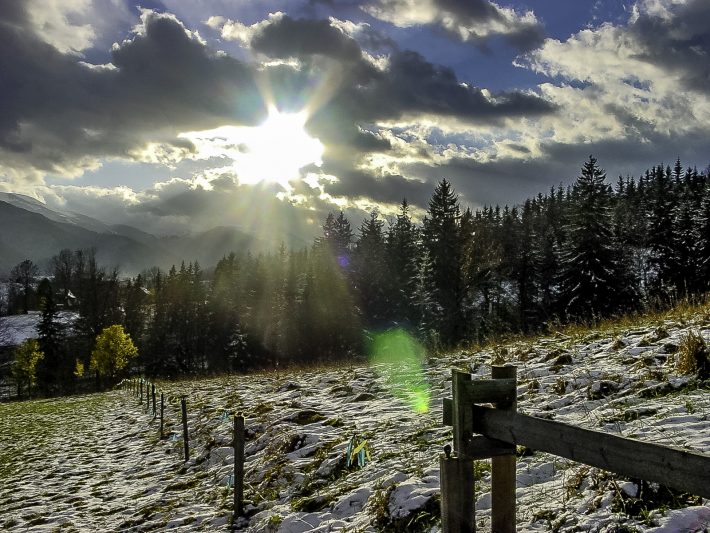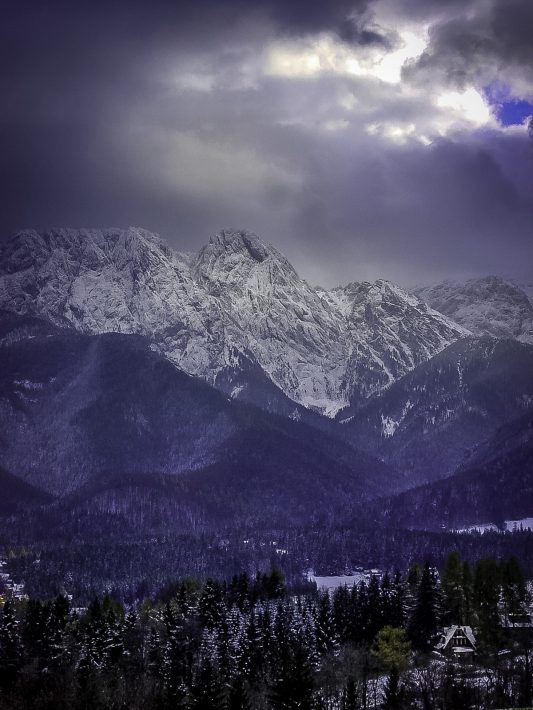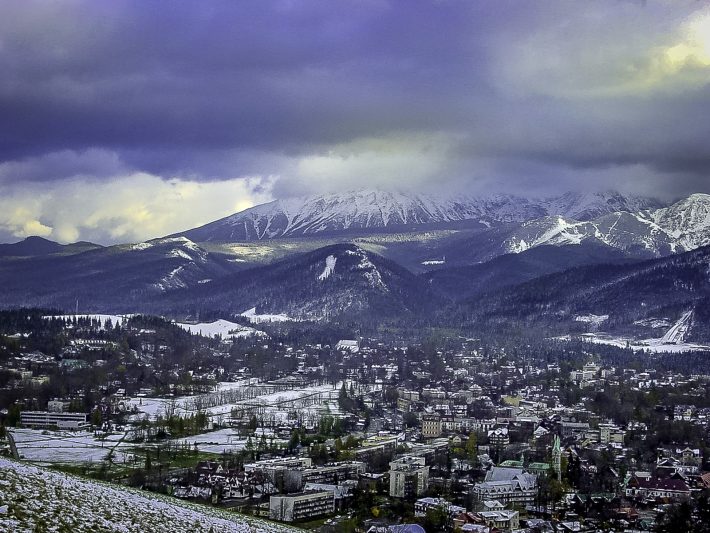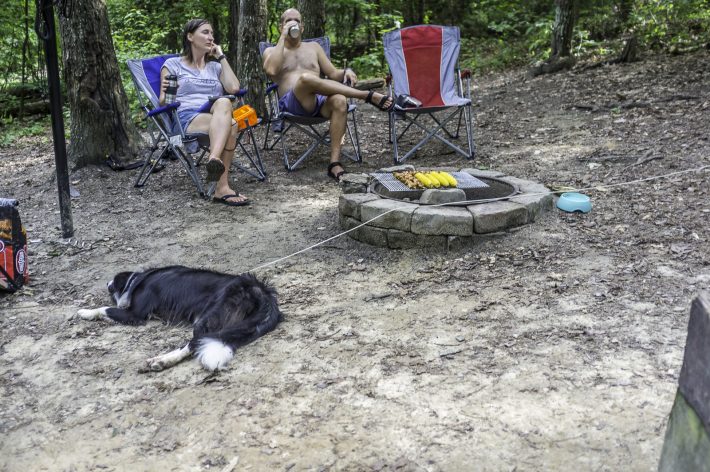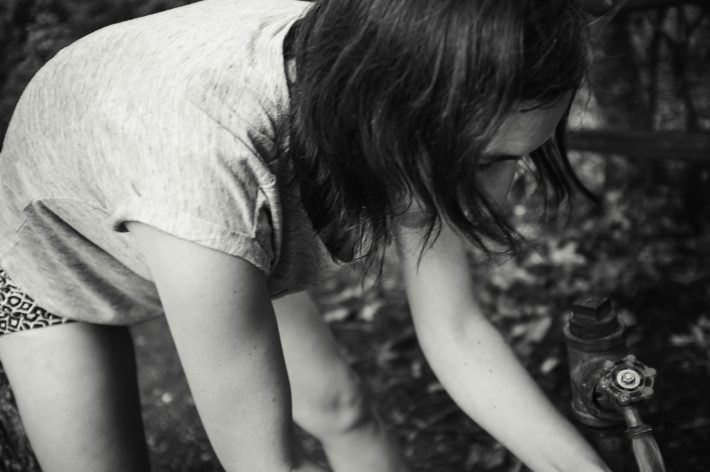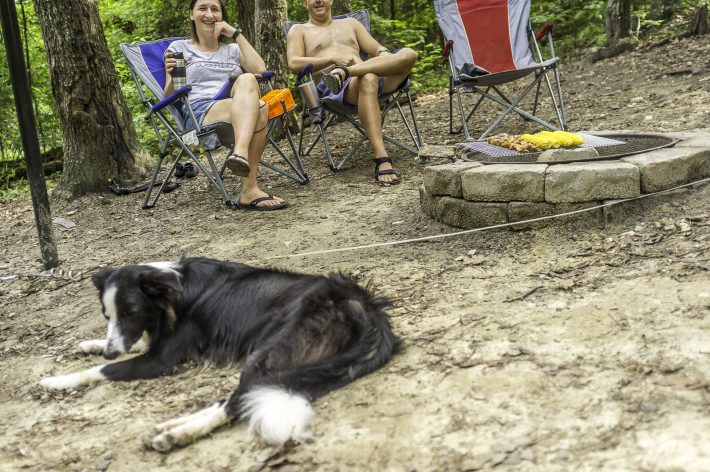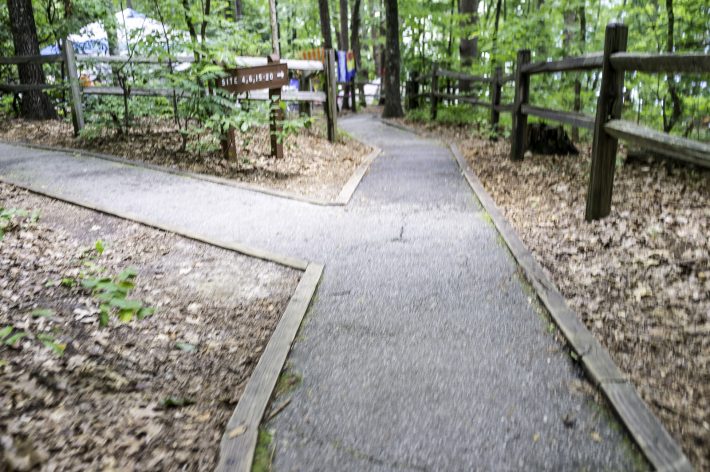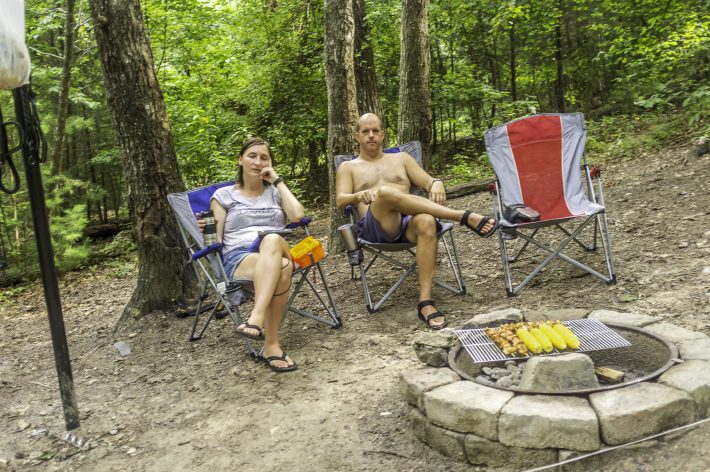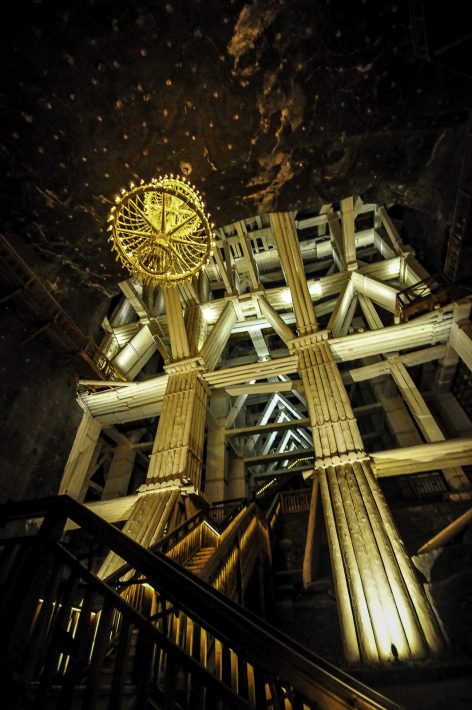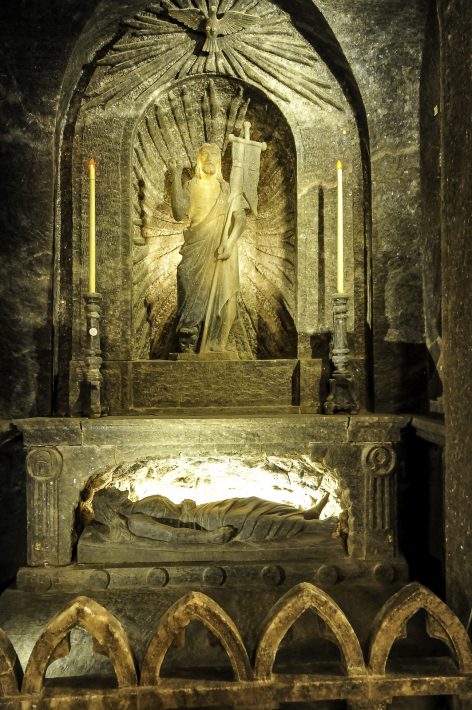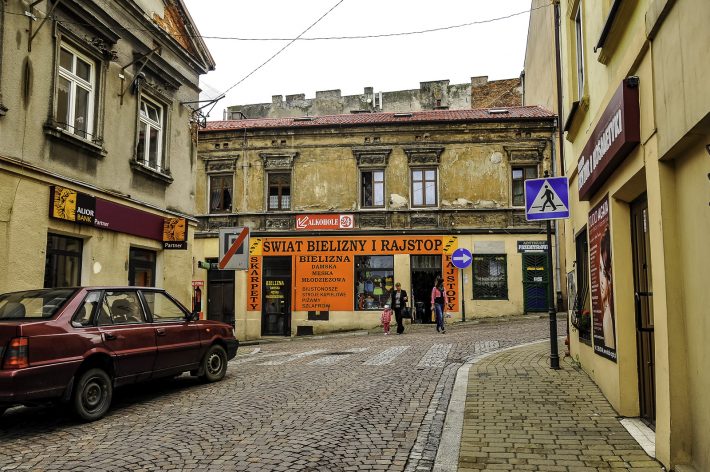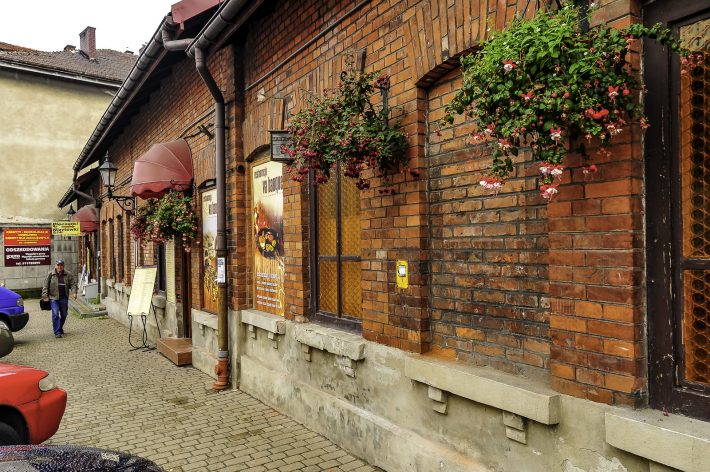Work-Around
I figured out a work-around for the lack of storage that, upon talking to the local Lenovo service department, promises to be relatively easily mended.
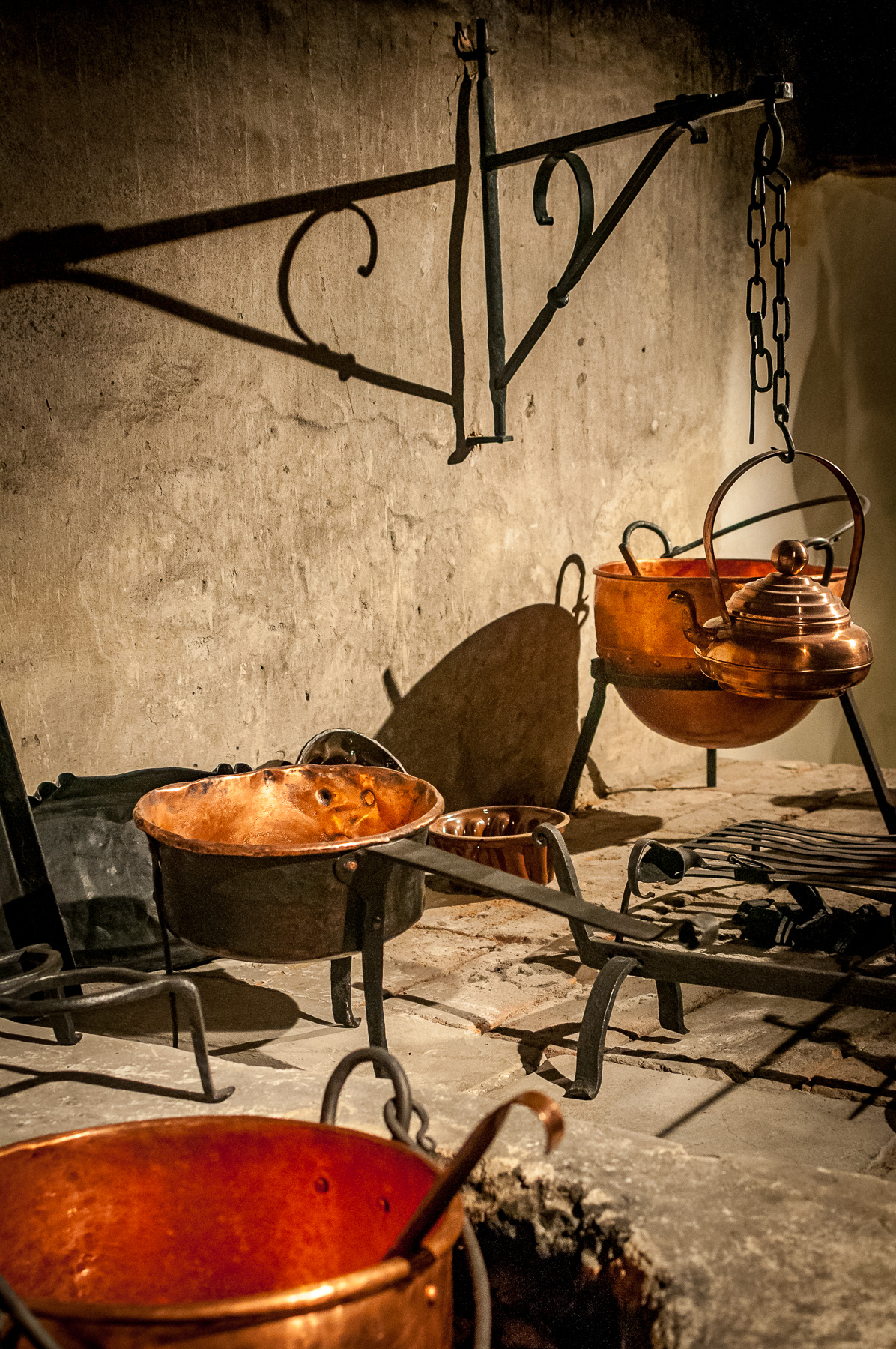
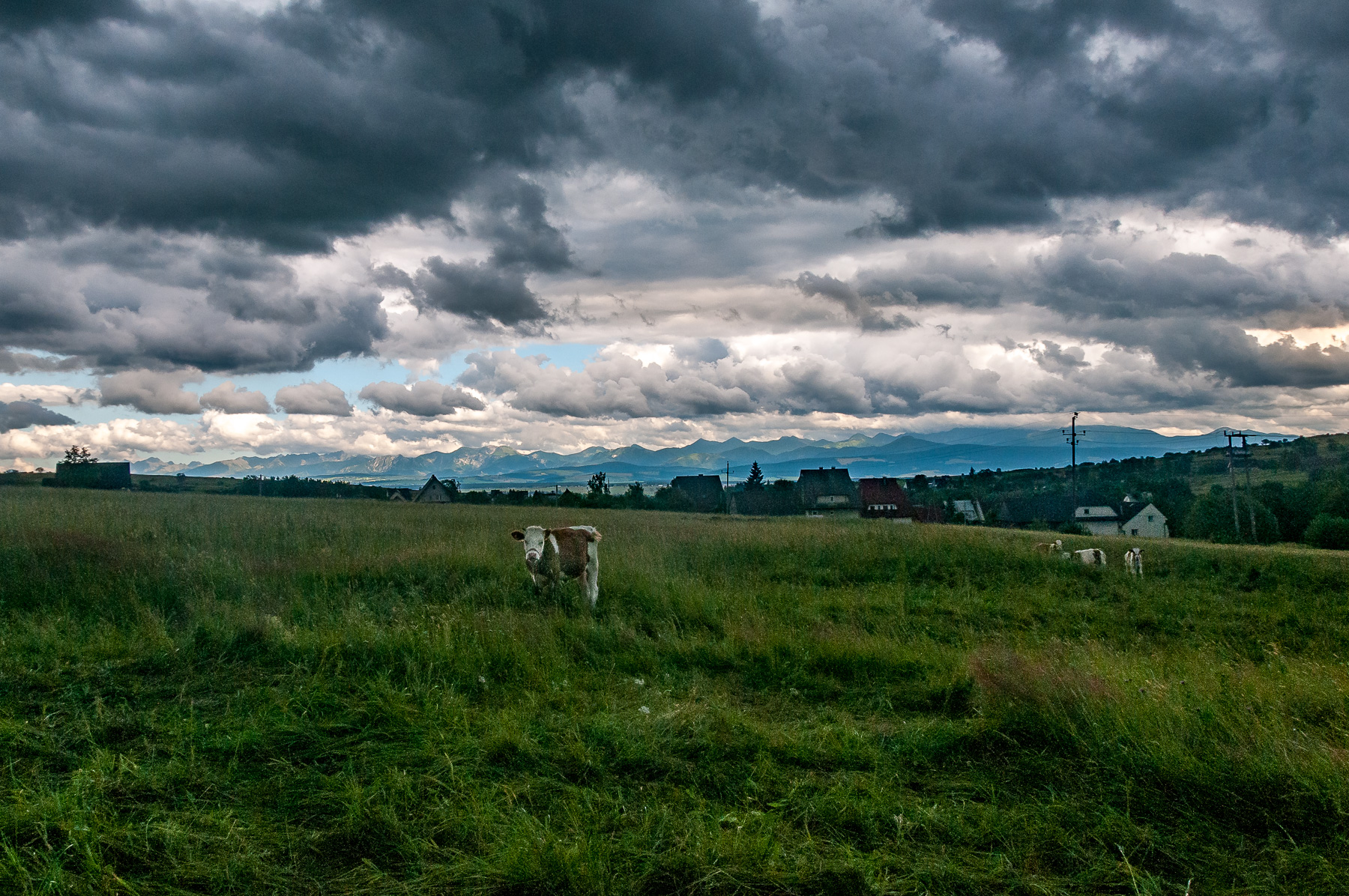
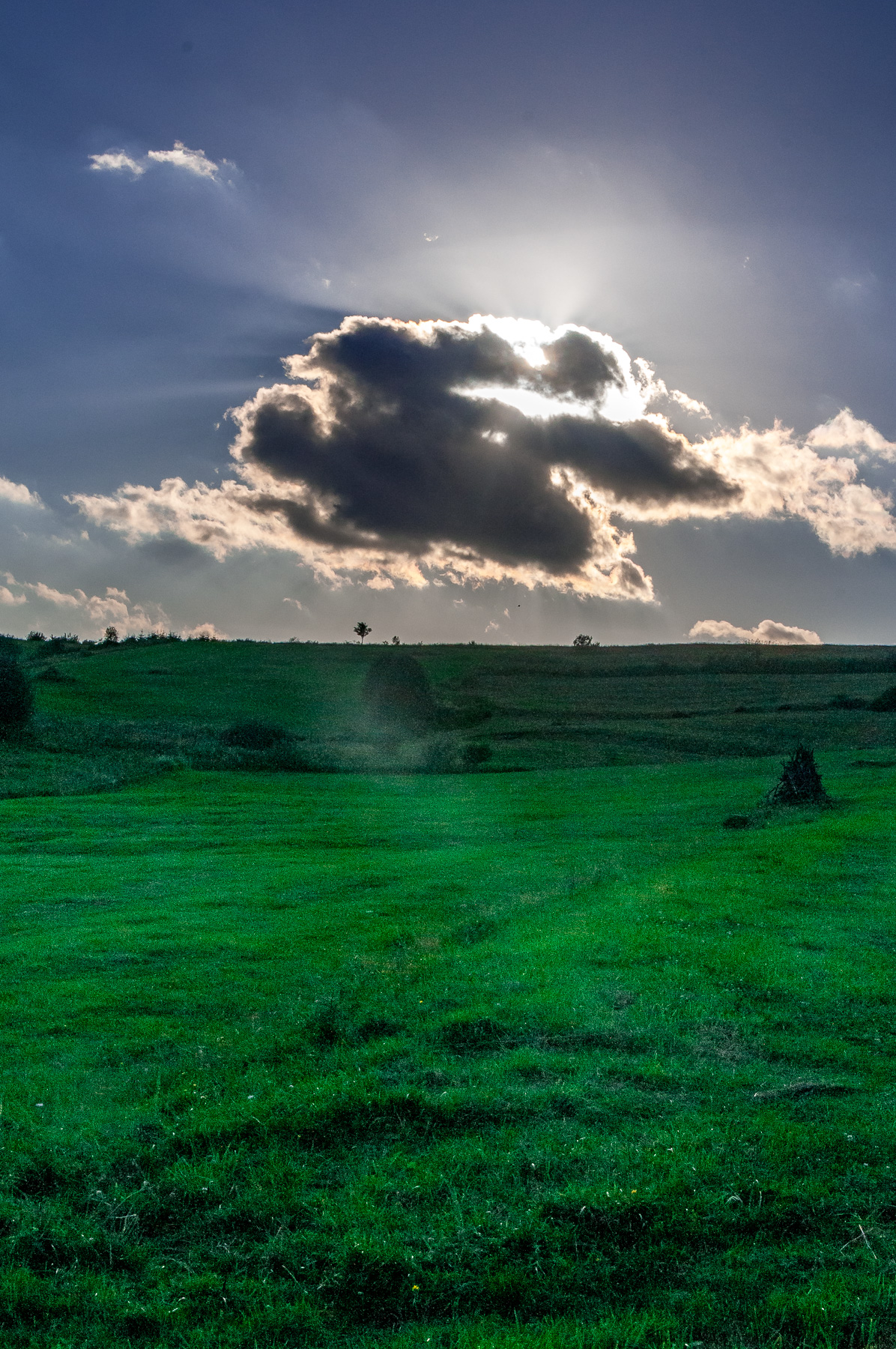
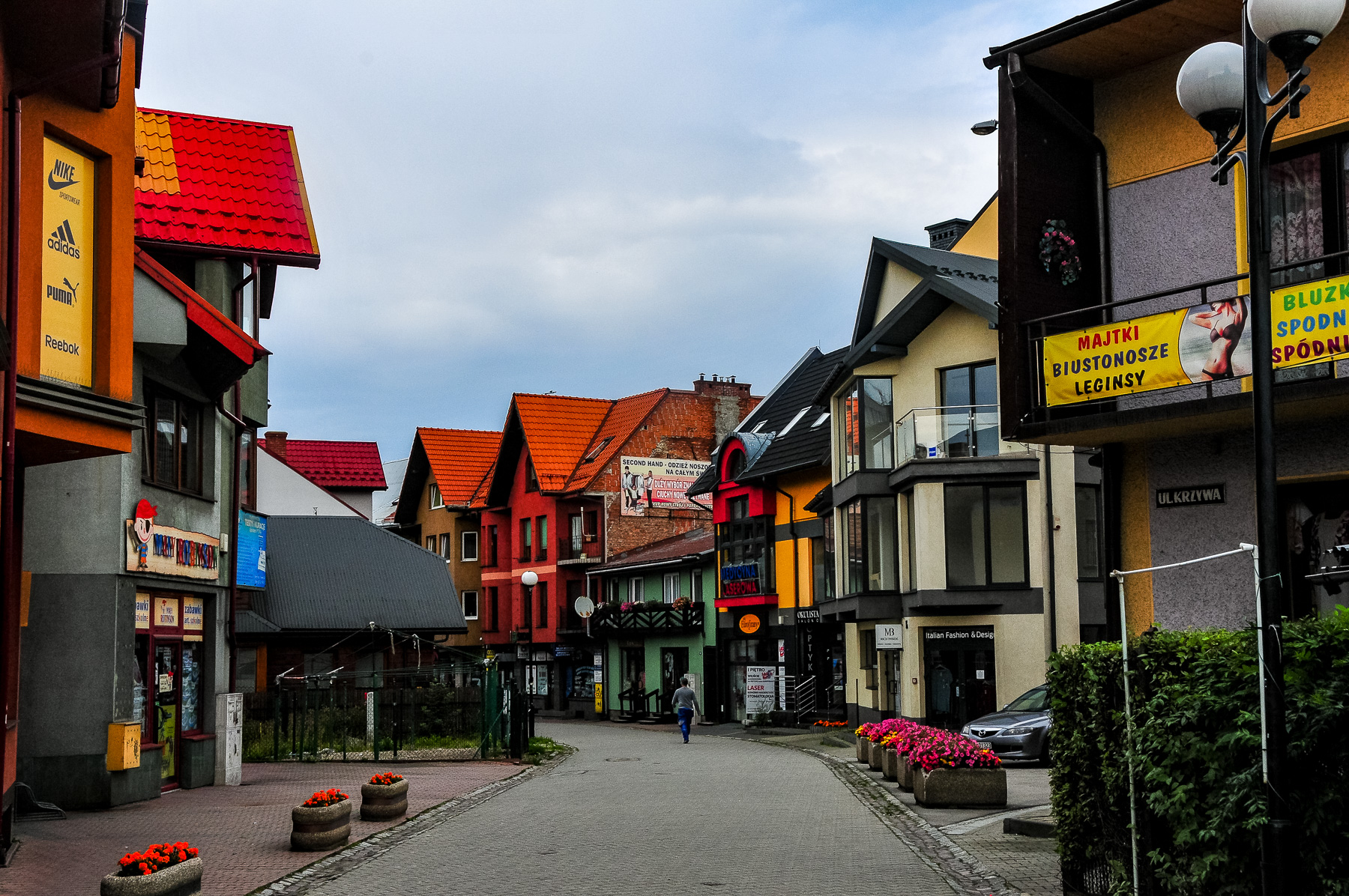


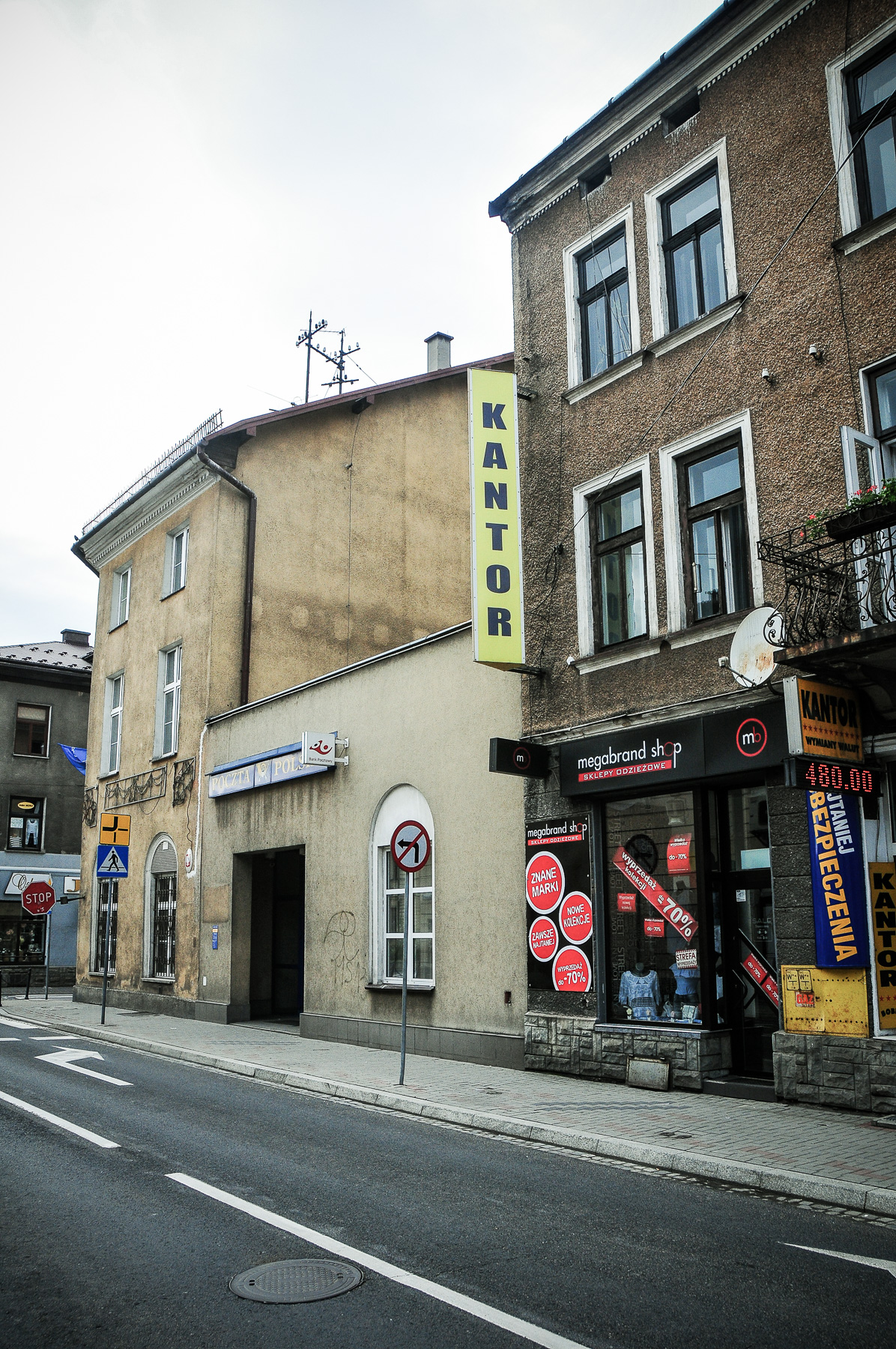


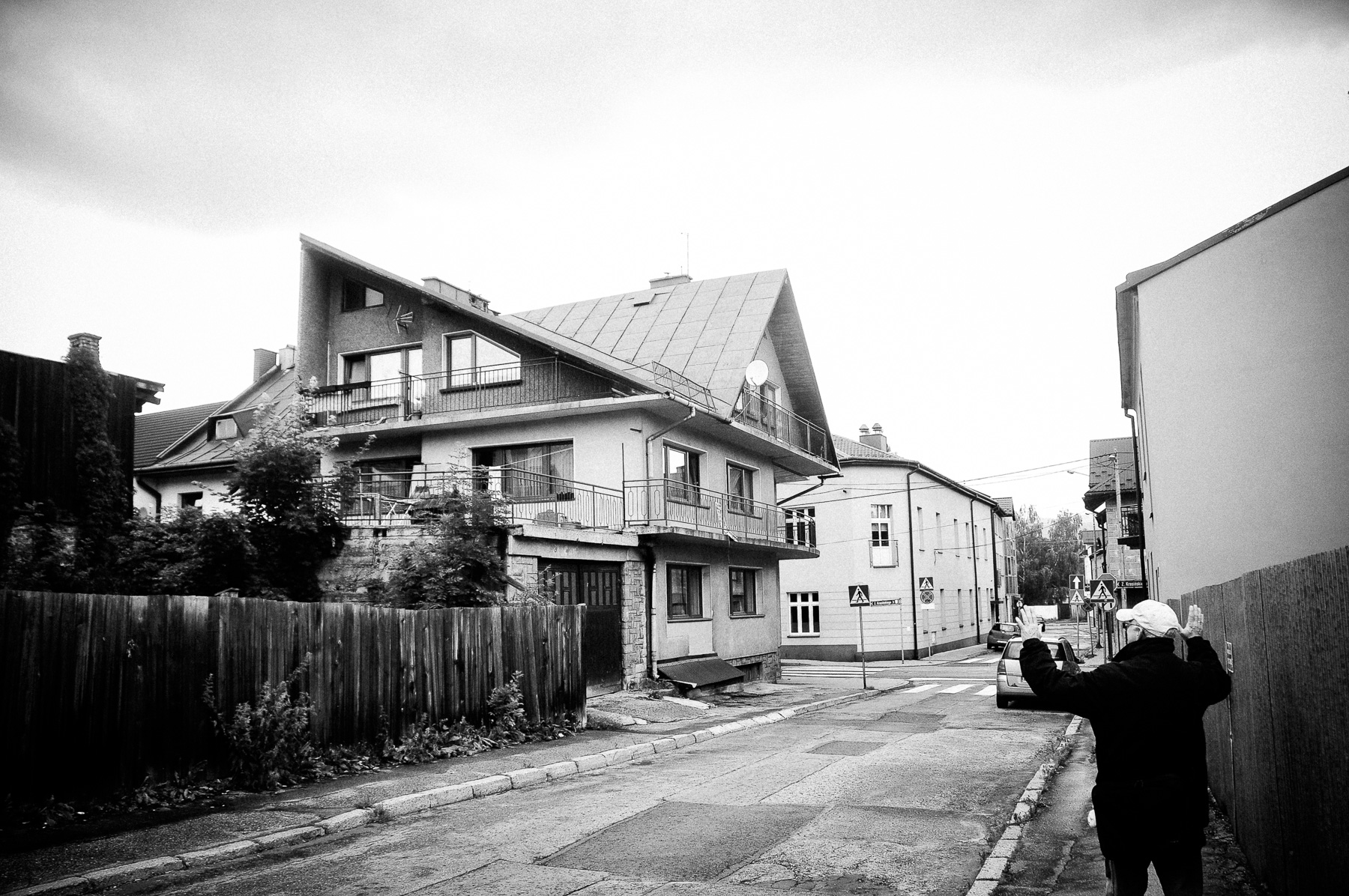
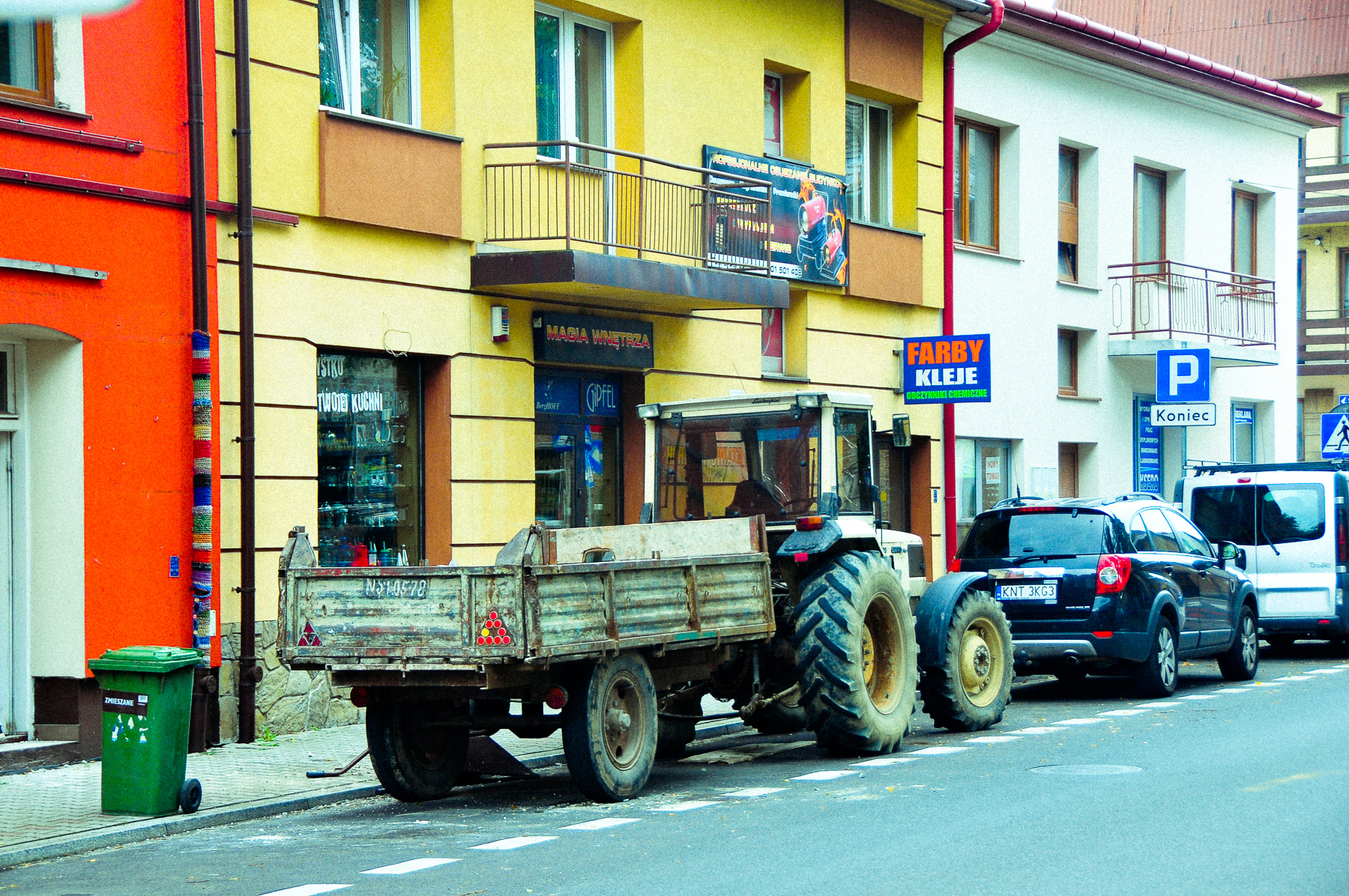
So I spent a little time this afternoon seeing just how much faster the new computer is than the old. It’s fast. Blazing fast. The old computer was particularly sluggish in Lightroom when doing spot adjustments with the brush. Switching on the mask overlay could take a few seconds if there were enough adjustments on the photo. On the new computer, it’s instantaneous.
Day 37: Tuesday
The Boy was at it again today — 177 photos spread through the day, from morning to evening.

Today, he got some really good shots. Part of that came from experimentation: I let him use a telephoto zoom, which helped him fill the frame more that he’s done the last two days. He liked it, but in the end, he preferred the little prime lens he’d been using. “It’s so much less bulky!” he exclaimed.

He also learned a little lesson: not everyone whats to be photographed all the time. The Girl, for example, appears less frequently in here because she’s increasingly resistant to photographs. (What 13-year-old wants dad writing blog posts about her?) During dinner, then, he asked everyone who’s willing to let him photograph them. Only L opted out.
But he still snuck a few shots, much to her frustration.
“If you’re a spy, it’s okay to take pictures without permission. Otherwise, it’s not a good idea,” I said.
Excitedly, he heard what he wanted: “If I were a spy I could…”
“But you’re not.” I could envision him redefining that word to suit his own purposes.
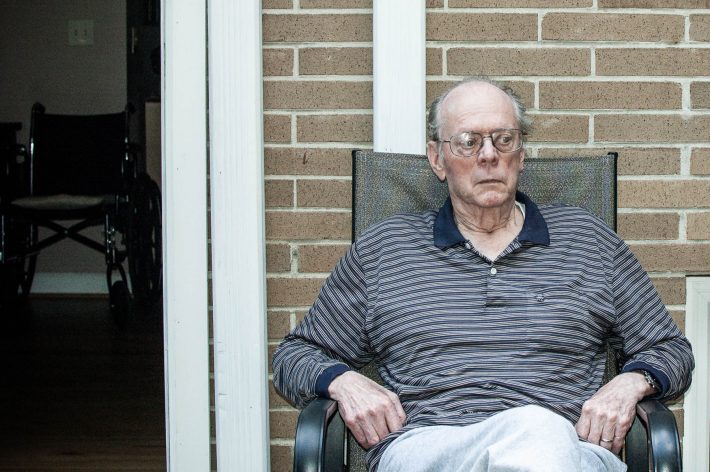
I’m afraid, though, that I might have encouraged it the other day.
“What do you like taking pictures of, Daddy? What’s your favorite thing?”
“I like taking pictures that show people just being, just doing what they do every day without thinking about it.” If I had more guts, I might be able to parley that into a gig as a street photographer, which in its own way is a certain kind of spy.
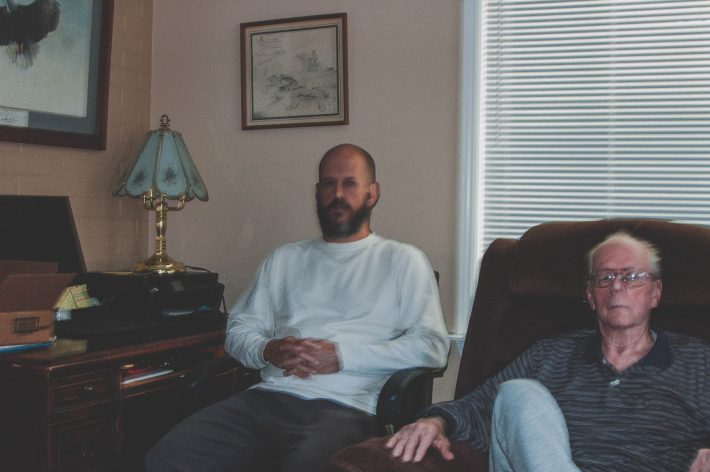
There was a little photo session after dinner, with the Boy getting a few poses out of K. He walked over to her and manipulated her arms into the position he wanted — something like a dab — and then took his position. “Perfect.”

Day 36: The Photographer!
The Boy is hooked — for now. But still, hooked. I gave him our old Nikon D70s (older than L) and a 35mm lens, which on a crop sensor like the D70 is like a 50mm lens on a film camera (in other words, what all of us who learned to shoot with film started with), and told him to look for two things: interesting light and interesting lines.
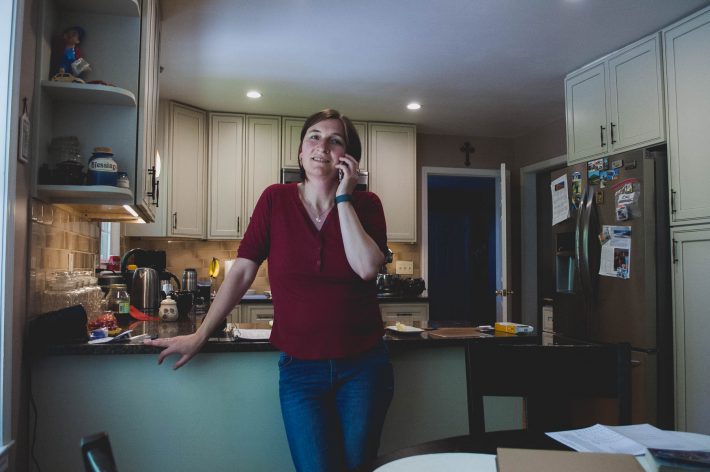
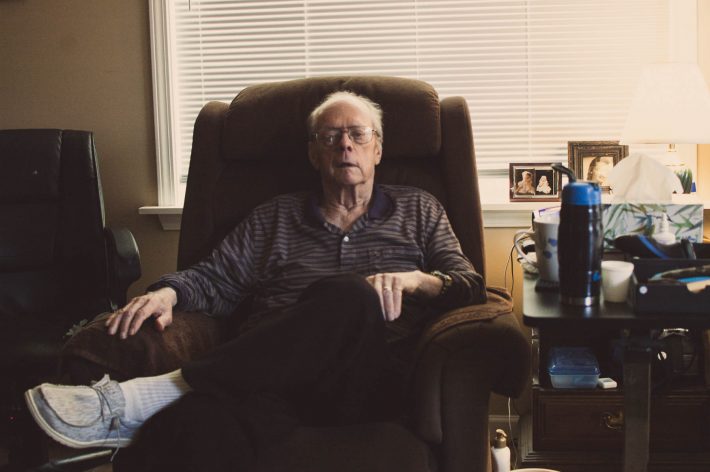
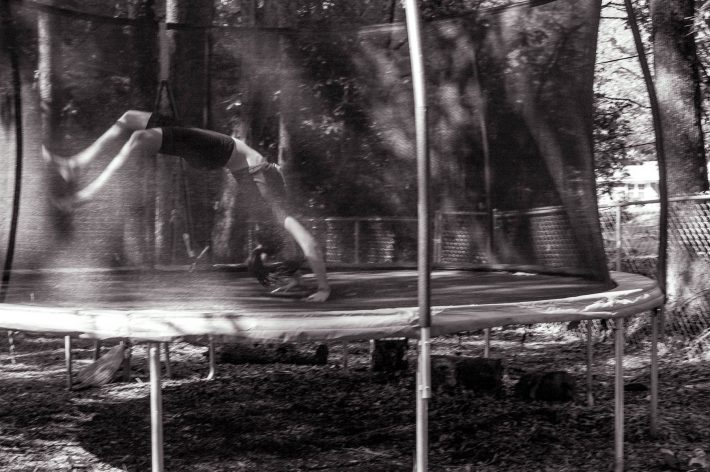

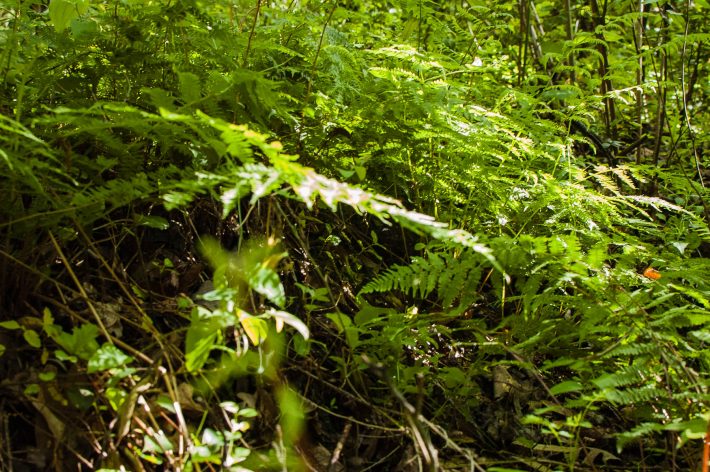
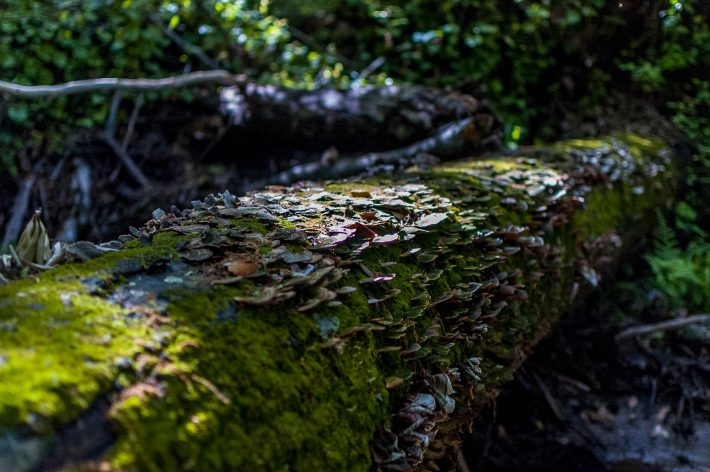

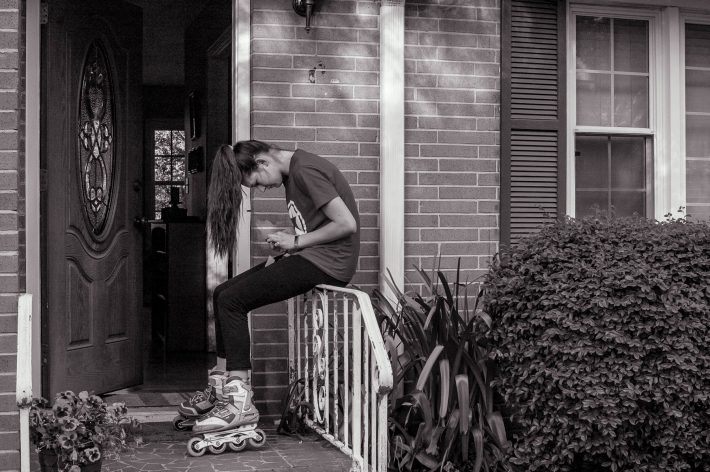
He didn’t always take that advice — he did what everyone fascinated with photograph does in the beginning. He took pictures like crazy. 266 pictures, to be exact. I chose eight from them, chose a preset for each one in Lightroom and did no other editing.
This is probably the only post I’ve had here without a single one of my own pictures…
Day 35: The Photographer?
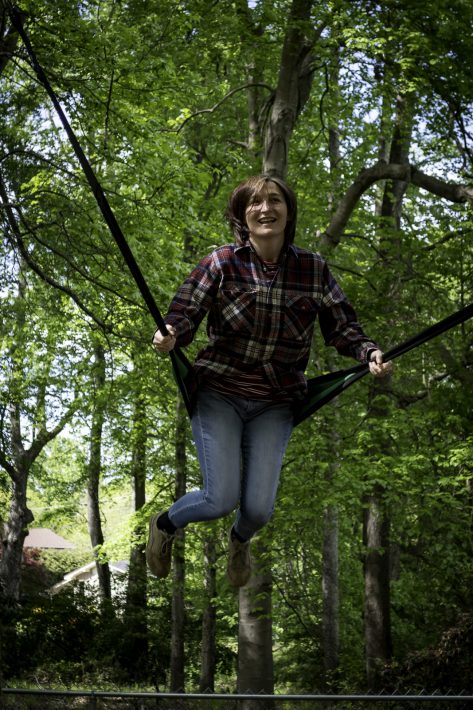
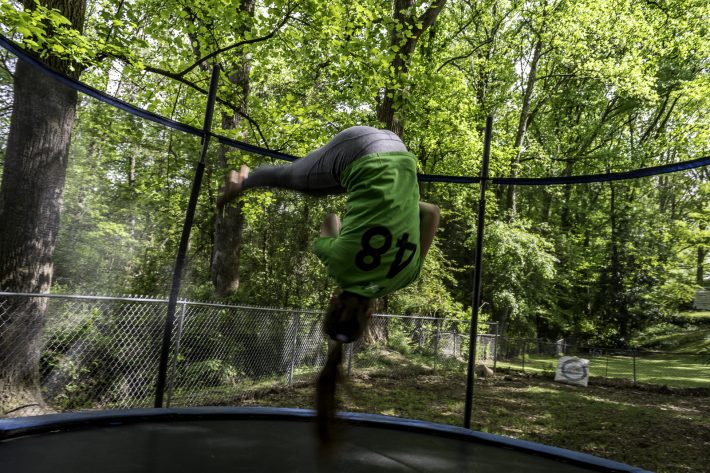

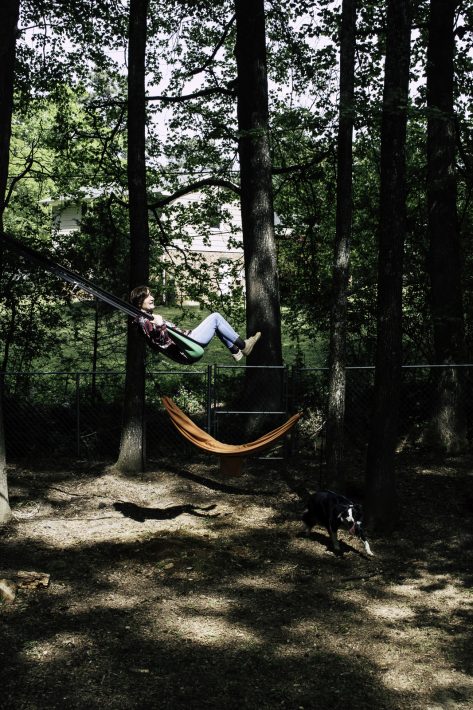
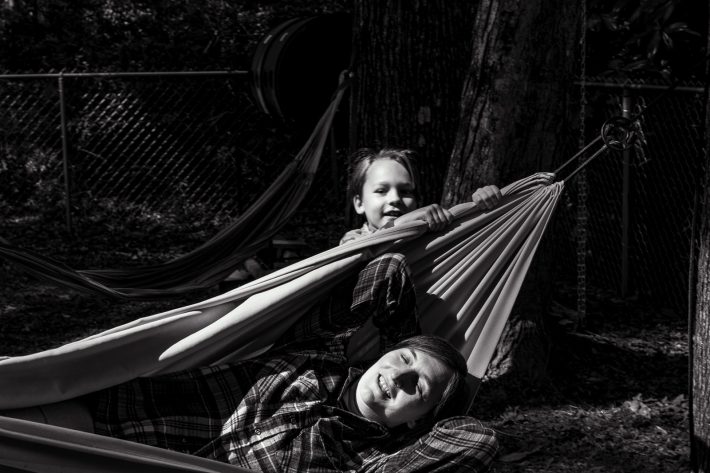
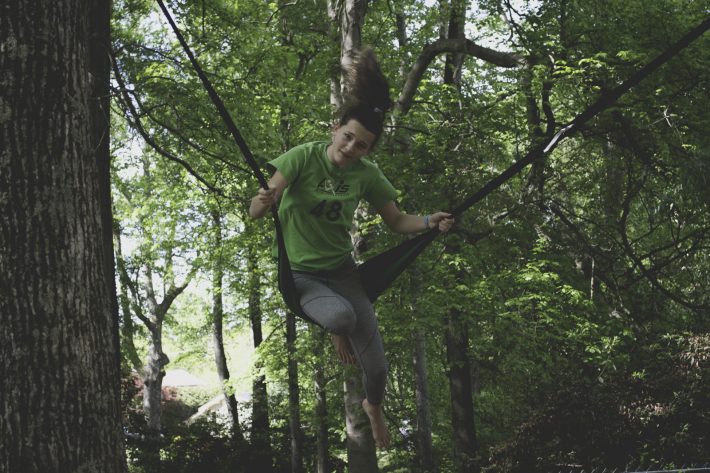
The Boy has been showing an interest in photography from time to time. It’s not an everyday thing, but he enjoys it when I give him the little Fuji to shoot with.
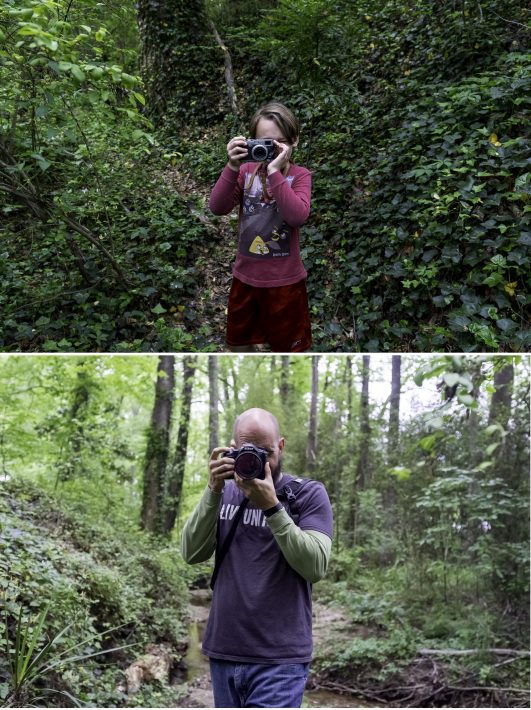
This afternoon, we went out on a photo walk, and he asked me if it would be possible for him to edit some of the photos in Paint.net, a free editing program that I use for quick things like cropping screenshots and the like. I’d taught him how to do gradient overlays with it, and he loved the idea of editing photos like that.
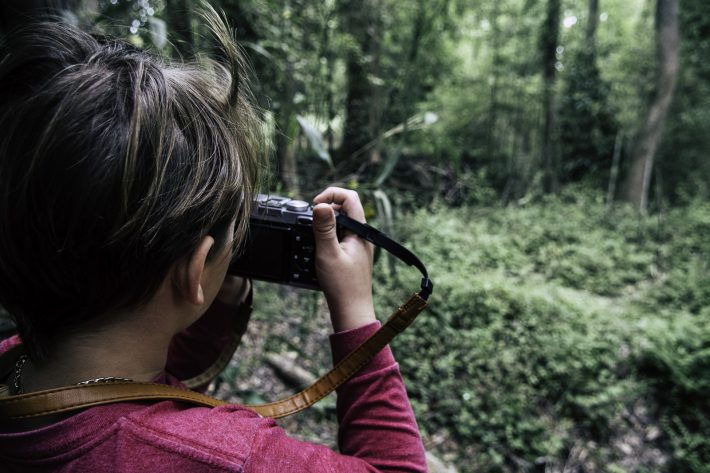
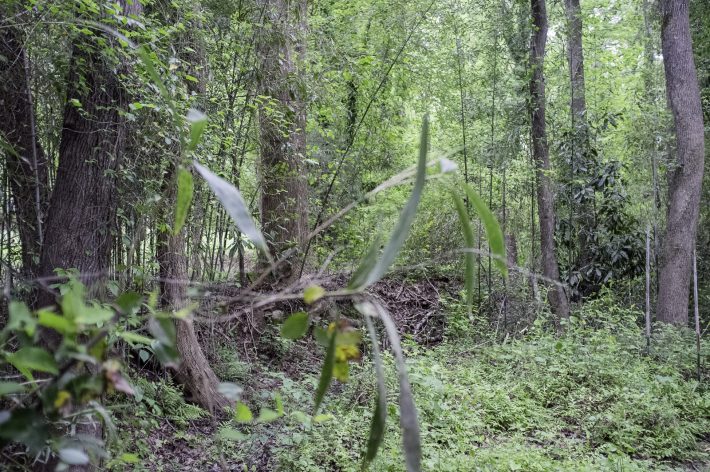
“Do you use Paint.net for your photos?” he asked.
“No, I use Lightroom.”
“Can you put gradients on pictures in Lightroom?”
Technically, yes, I thought, but not the way he was thinking. “Not really, but you can in Photoshop.”
“Can you teach me how to do it in Photoshop?” The Boy loves to learn if it’s something he’s interested in — but then, doesn’t that describe us all?
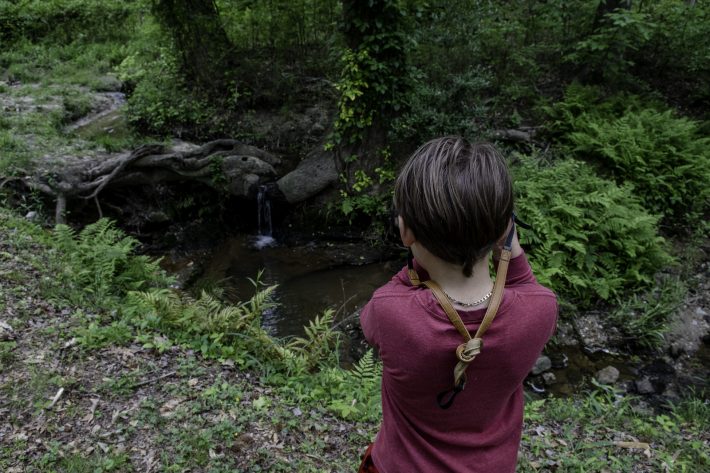

“Well, for what you were doing, it’s probably best just to keep using Paint.net.”
“Can you teach me to use Lightroom?” he pressed.
And I thought, sure. That’s entirely possible. There’s a lot less to overwhelm initially on Lightroom, and to be honest, it’s a less powerful program in a lot of ways: there’s nothing you can do in Lightroom that you can’t do in Photoshop, but there’s tons you can do in Photoshop that you can’t do in Lightroom. Still, for most photo editing, bringing Photoshop into the picture is like using a backhoe for gardening.
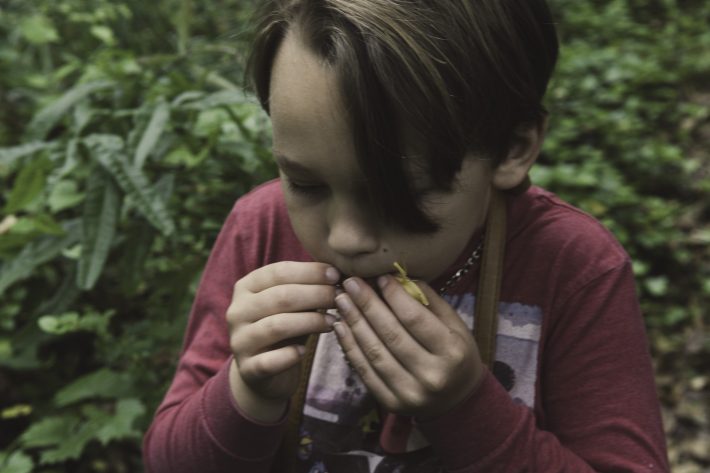
So when we go home, I installed Lightroom on the computer we have upstairs, and we’ll start editing tomorrow.
Will he love it? At first, most definitely. I look forward to sharing some of his edited images.
Will he stick with it? We’ll see. But seeing how much he loves trying to copy me, I think there’s a good chance we might begin something long-lasting tomorrow.
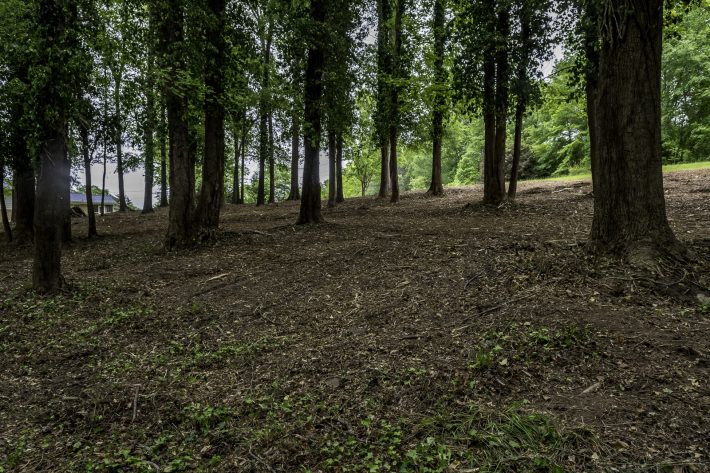
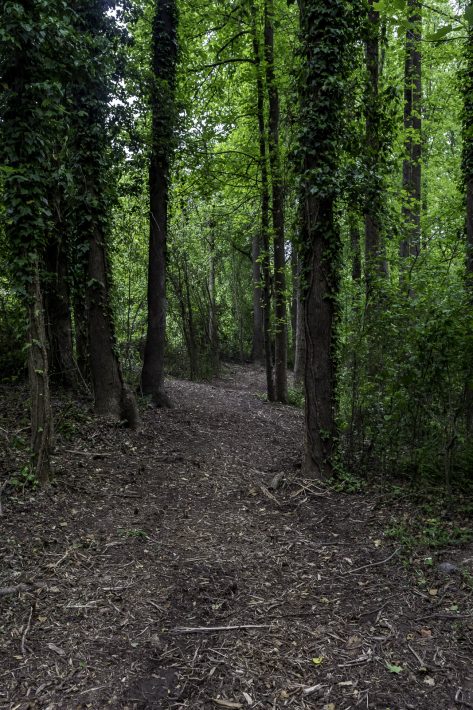
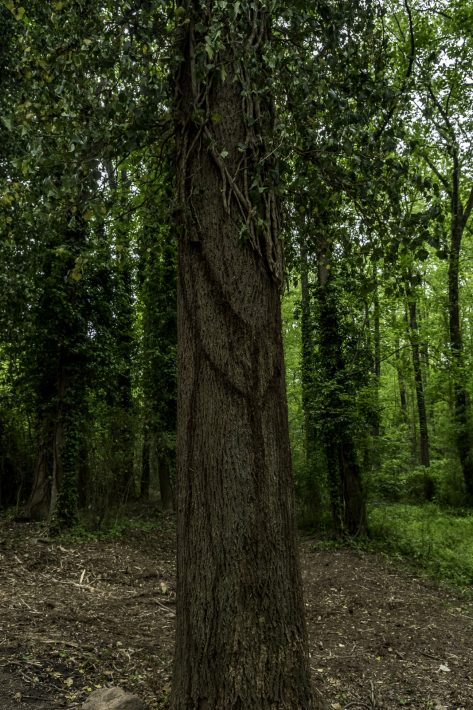
Editing isn’t the only thing we’ll be starting tomorrow. Spring break is now over, so we’ll all head back “to school.” I have real reservations about the ultimate efficacy of what I’m doing with students. Are they learning? I doubt it. Are they slipping? I hope not — that’s really the only hope most of us educators have.
Shots from Yesterday’s Rite
A Photo from 10 Years Ago
Evening Walk With the Kids
Back into the Photos
I’ve been spending a little time in the evening delving back into the photos I’ve scanned. It’s frustrating: I have small images, and they don’t create a lot of data for Lightroom to manipulate. Still, I’ve got a workflow for them now, and I’m more and more pleased with the results.
Some fixes are easy; some are tedious.
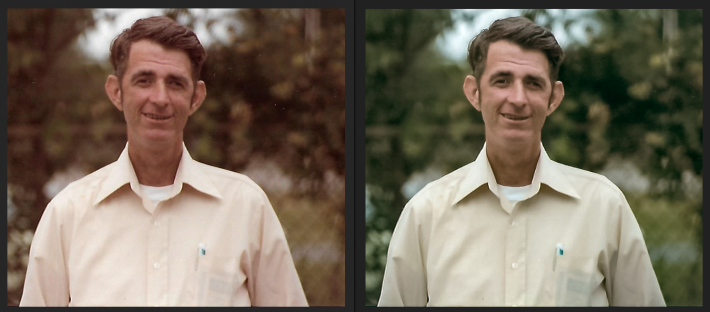
Uncle Dinky (never once did I call him by anything other than the nickname he’d had for most of his life) looks a lot better with a little work. Had to correct some colors a bit, but not much. I focused on getting his face bright and clear.
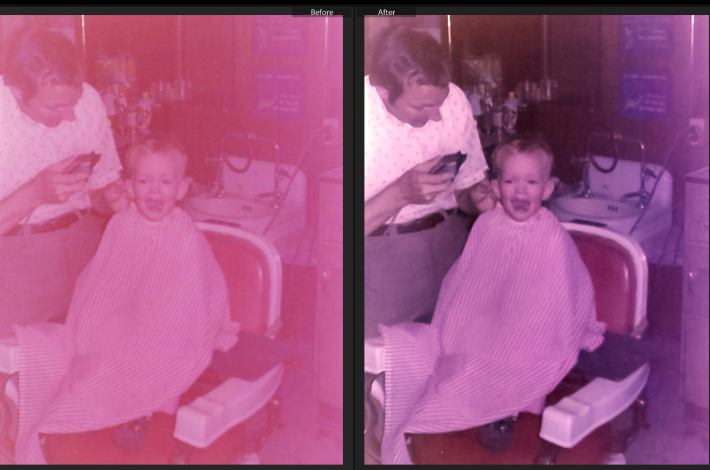
I’m most pleased with the tricks I’ve learned for the old red photographs that are so ubiquitous.
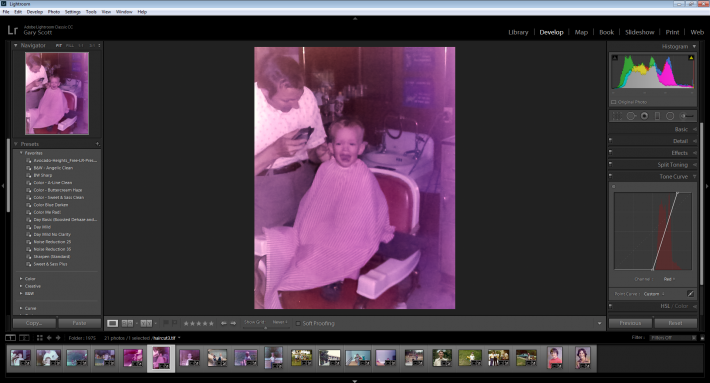
Look at that tone curve for reds: everything is in the mid-ranges. No red in the shadows; no red in the highlights. The same is always true for blue and green. I’m not sure how that all combines to give a red tint to everything, but I’ve found a solution: recalibrate the tone curve for each color and voila! It’s a semi-decent picture. Unfortunately, though, each picture’s tone curve skew is different, so creating a preset to do the work with the click of a button isn’t an option. I have to correct each color of each photograph manually.
The Moment the Shutter Clicks
The moment the photographer presses down the shutter release and takes a picture is, at that instant, a beautiful moment worthy of remembering forever. That’s a lofty way of looking at it, to be sure, but there is some truth to that statement even regarding the most rudimentary, spur-of-the-moment snapshot. This was even more the case before the days of digital photography and vitrually-infinite storage. Each image actually cost money and eventually had to be stored. So I think we might have been a little more circumspect about taking photos, taken a little more care then.
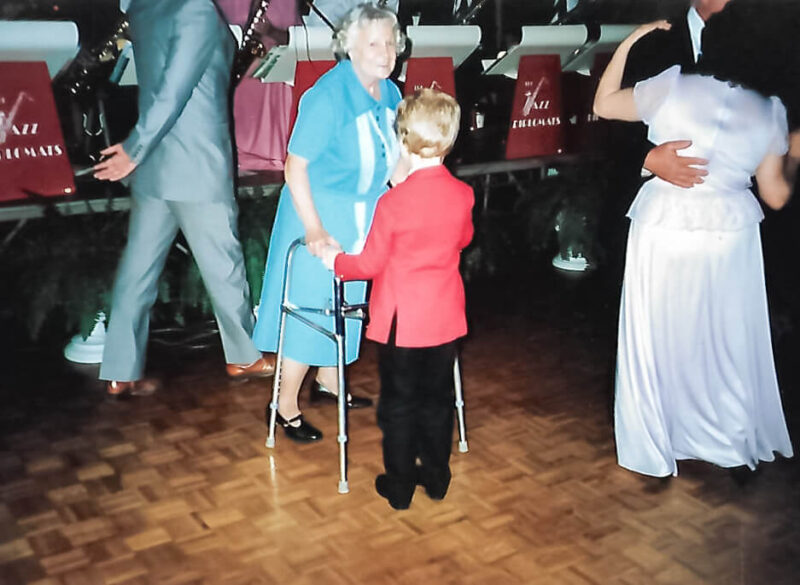
Tonight, I began going through old photographs that Nana had saved. There are thousands of them, and I have looked at each one of them and put them in one of two pile: save or discard. The discard pile is at least twice as big as the save pile. From a practical standpoint, it has to be: I’m planning on scanning all the saved pictures. But even more so, the vast majority of the pictures are, despite the seeming worthiness to the photographer’s eye, utter crap. They fall into one of two categories: time has had its way with the photographs and they’re washed out, turned pink, darkened, or completely washed out. In short, there’s no picture there anymore. The other category has to do with subject matter and composition: it’s meaningless, or it’s something like the backs of two people standing talking at a car.
10 Years Ago
Blossom
Ordination

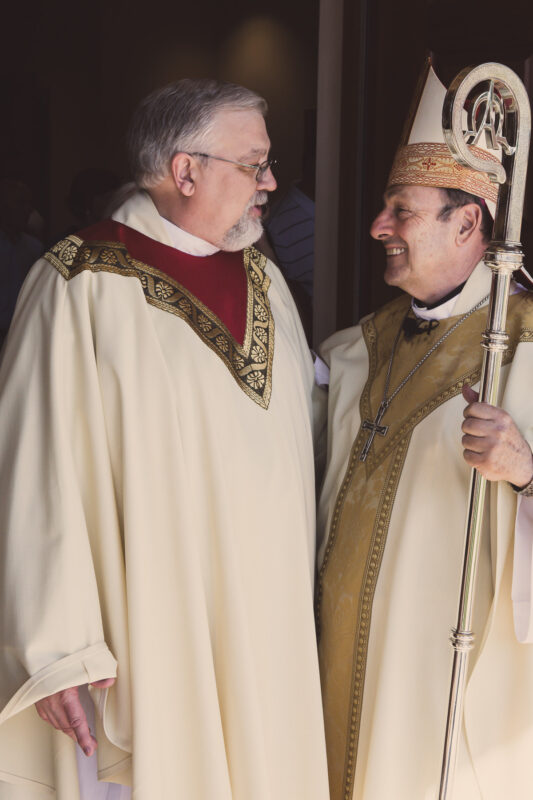

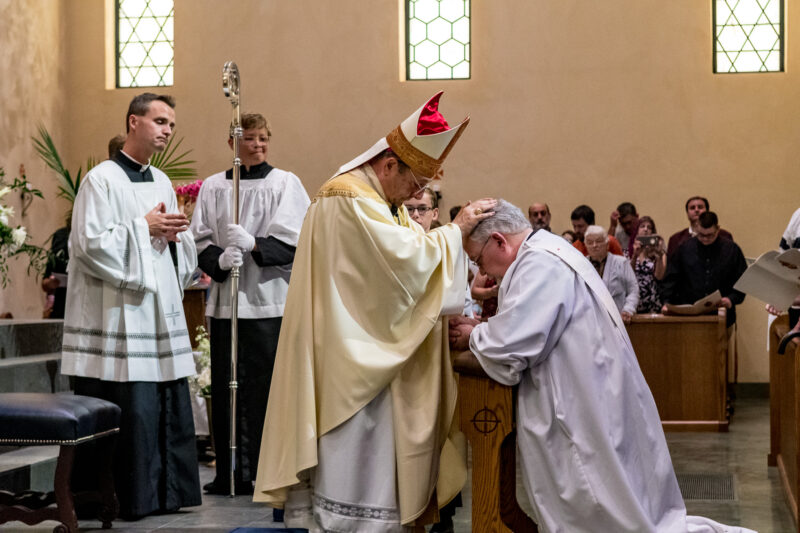
From Ten Years Ago
Sunrise
Zakopane, 20 Years Ago
Lake Jocassee, Addendum
Photographing for Scouts
Wieliczka Revisited
Returning to the Old
Looking at old photos.
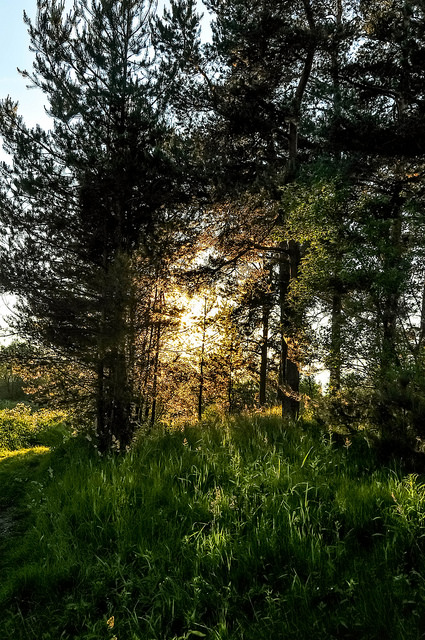
Found a few that needed Lightroom attention.

Attention given.
